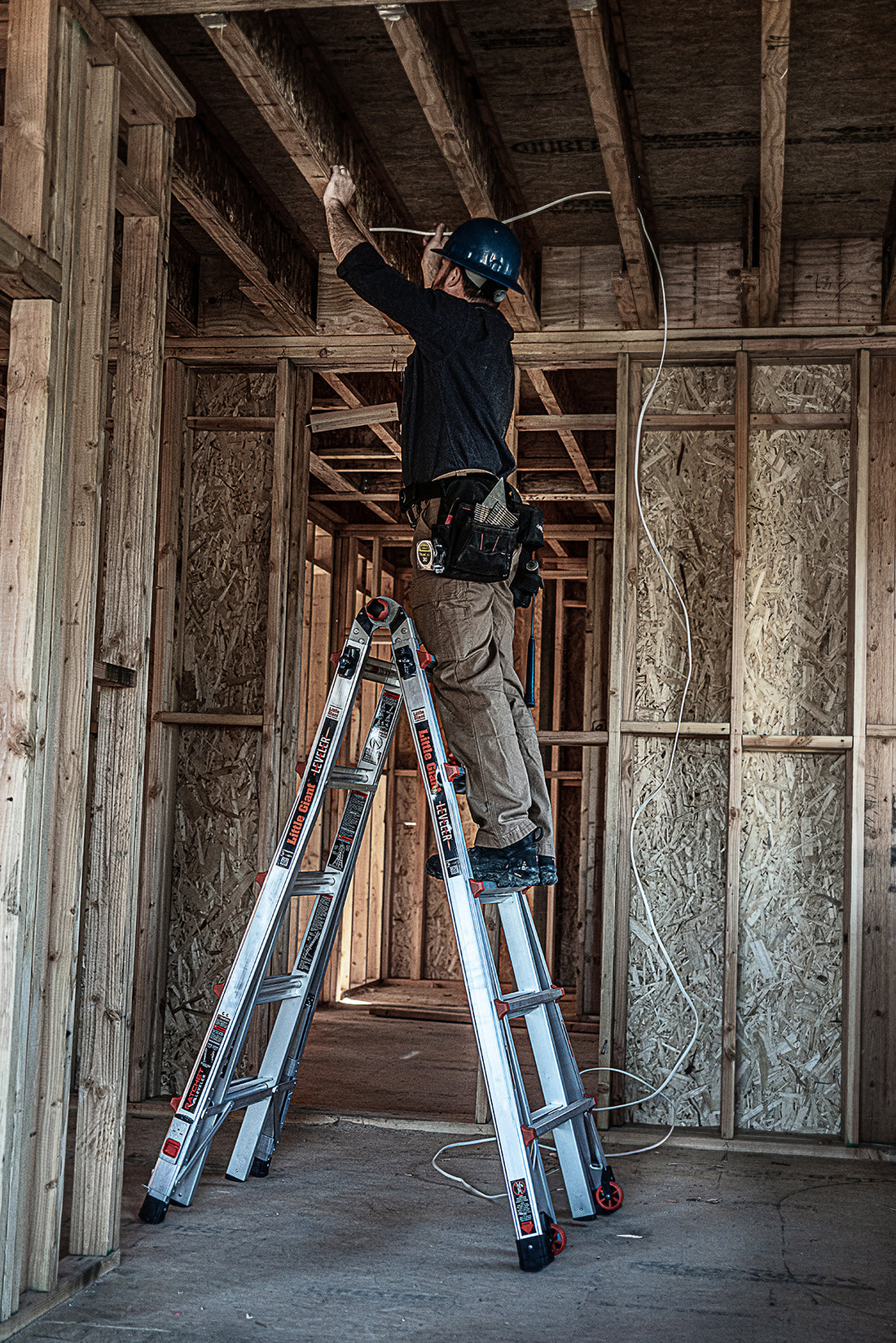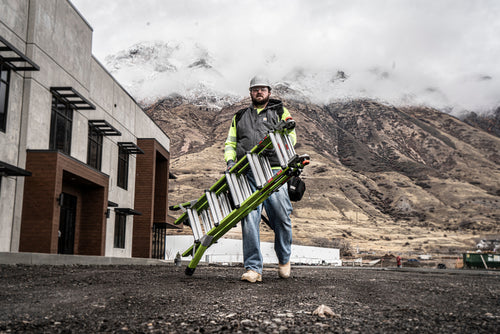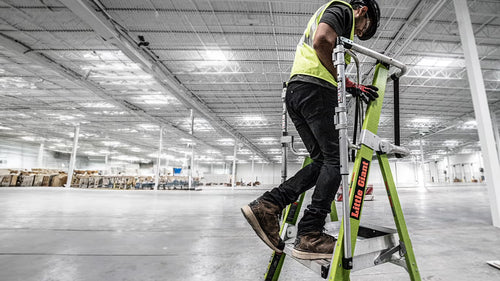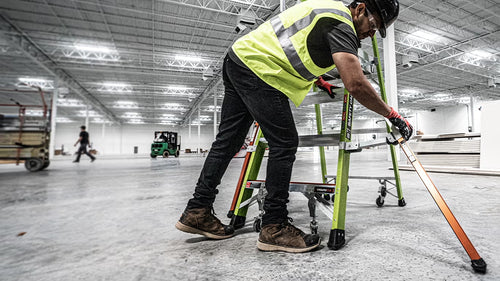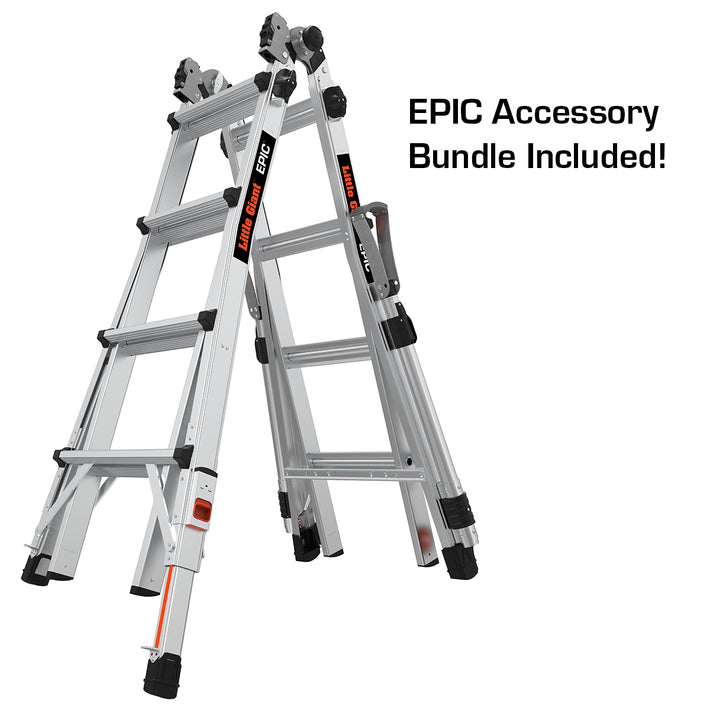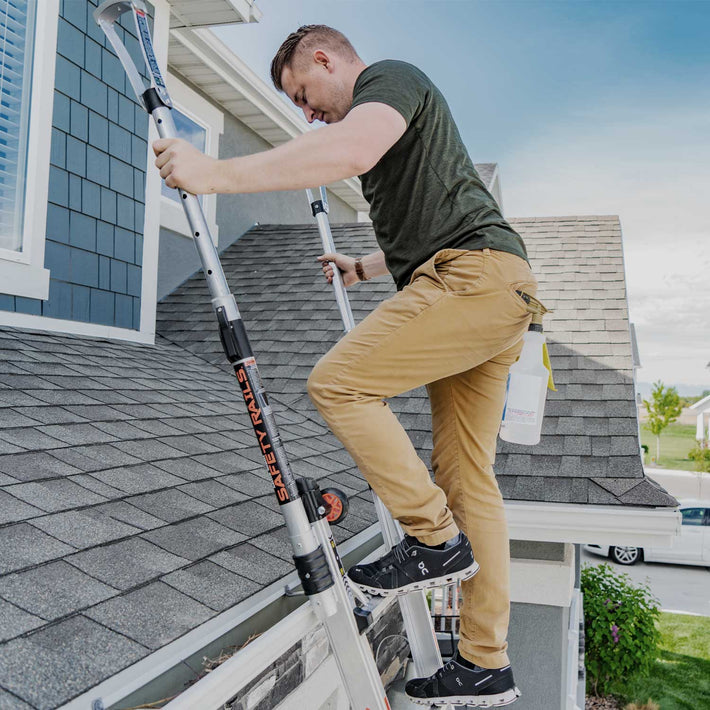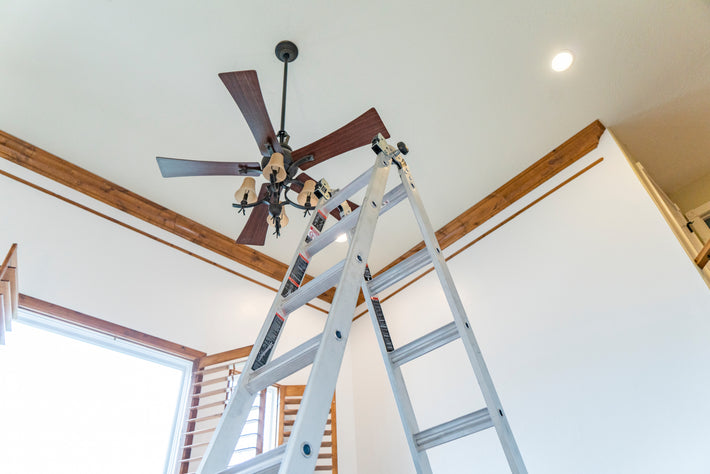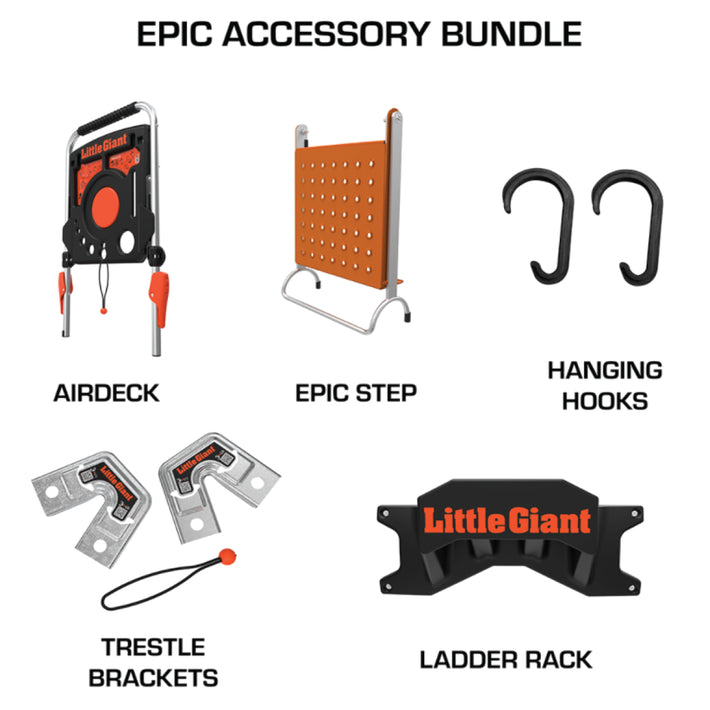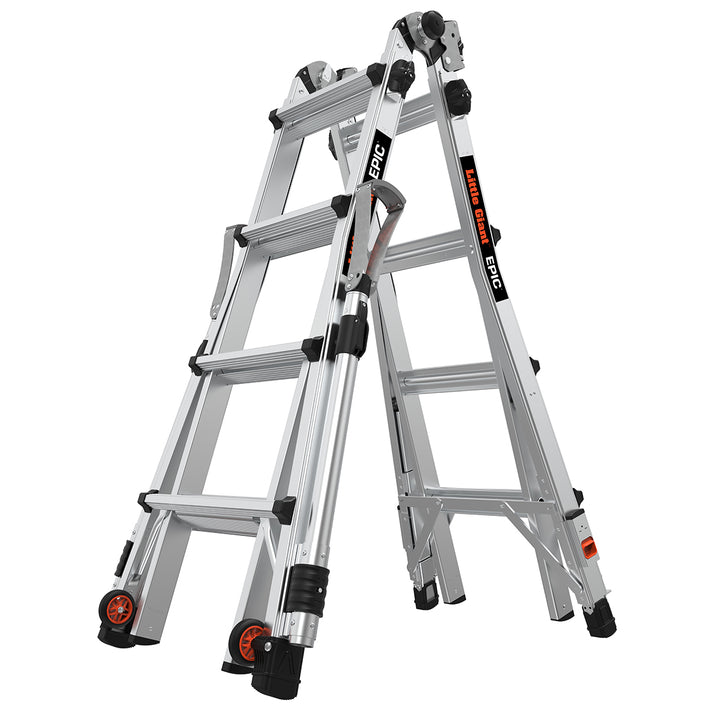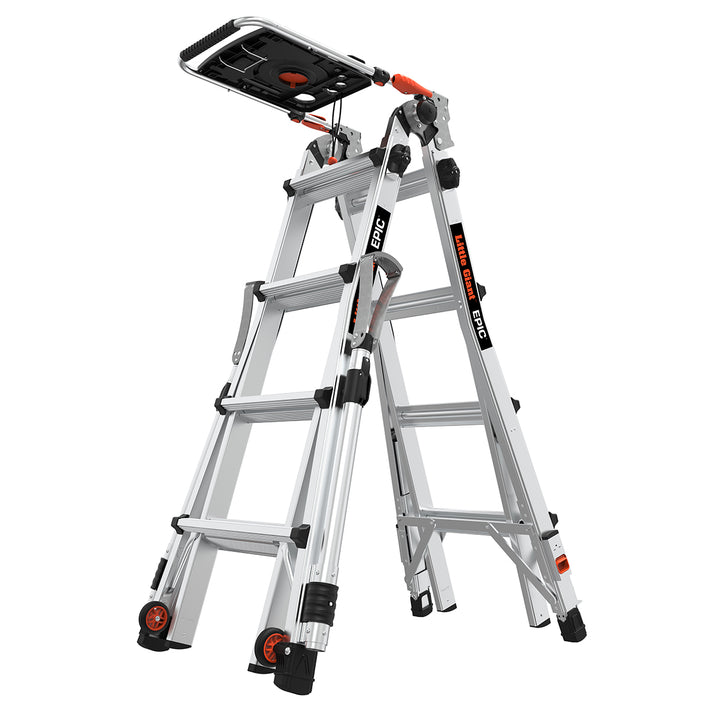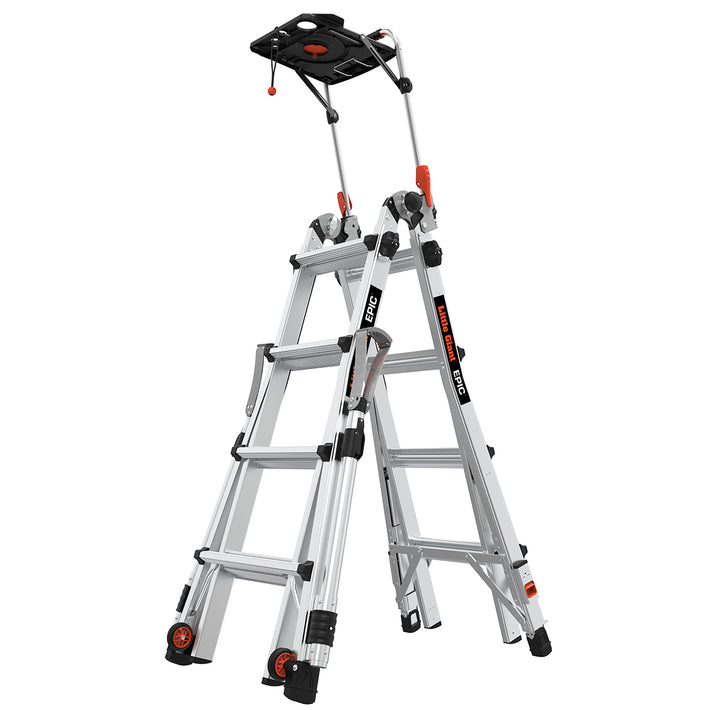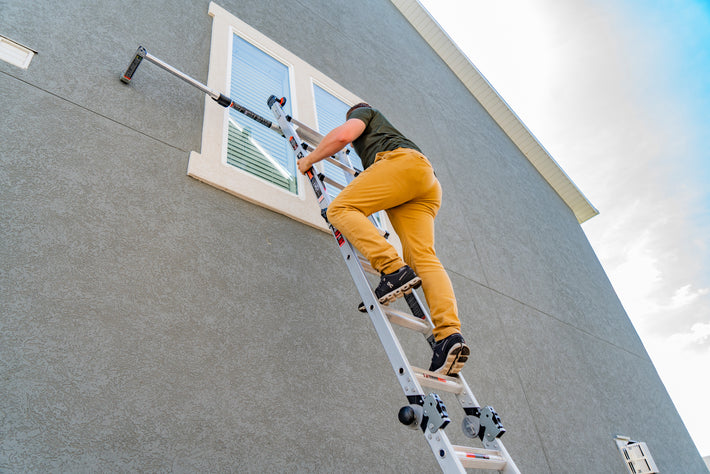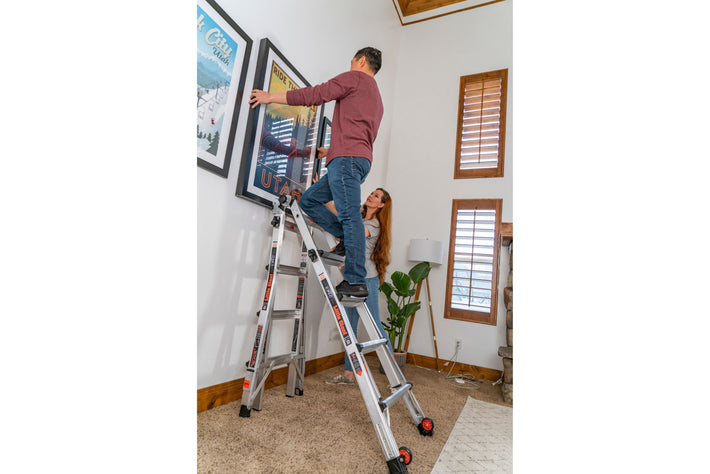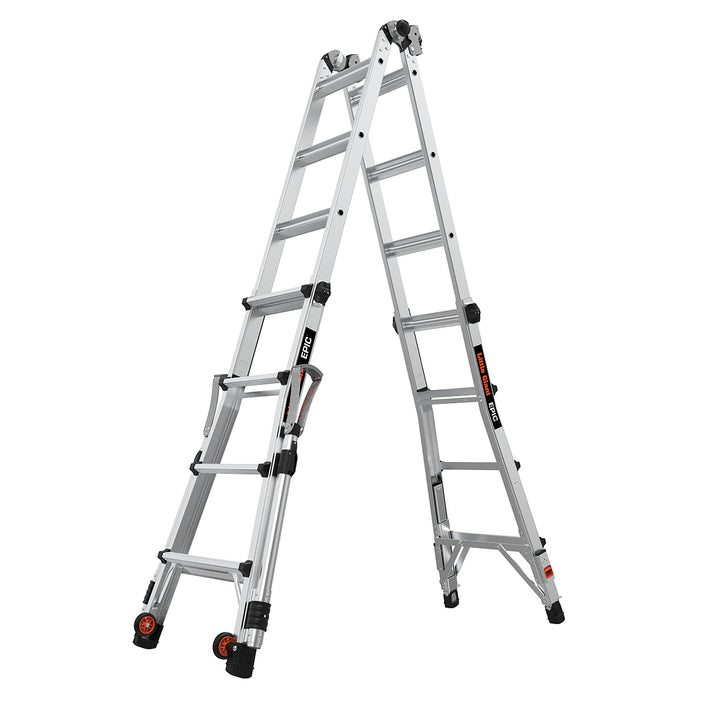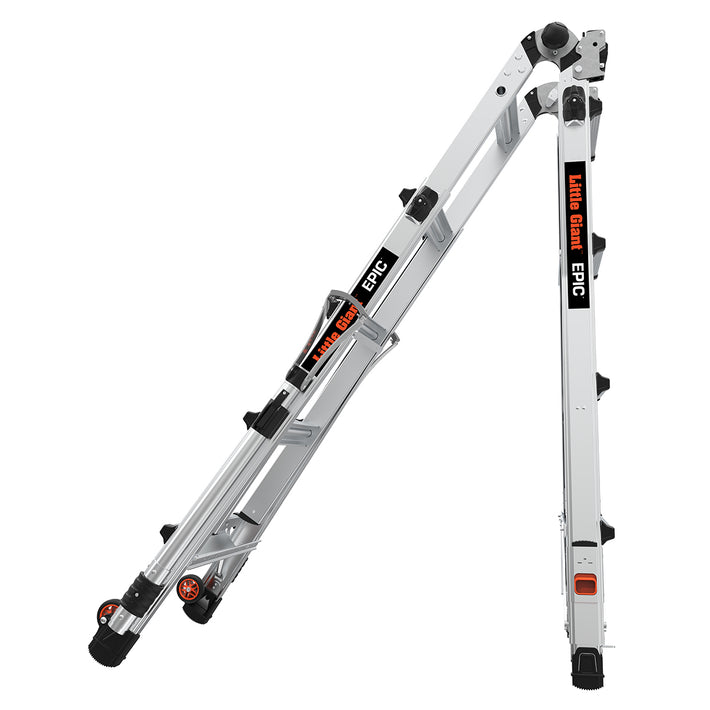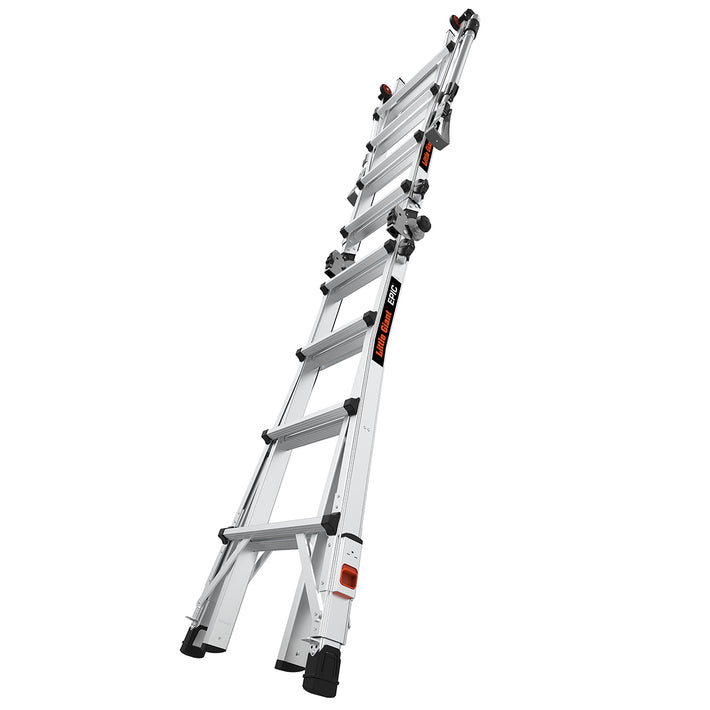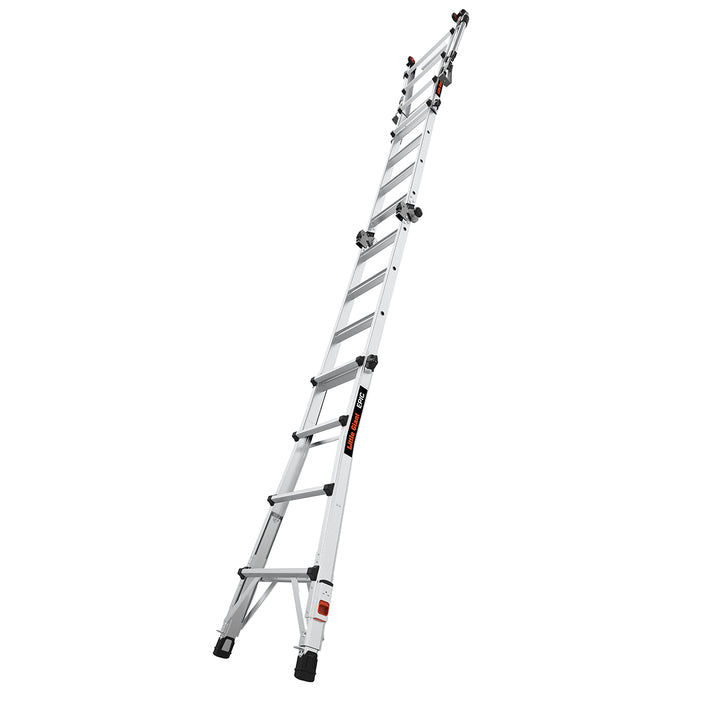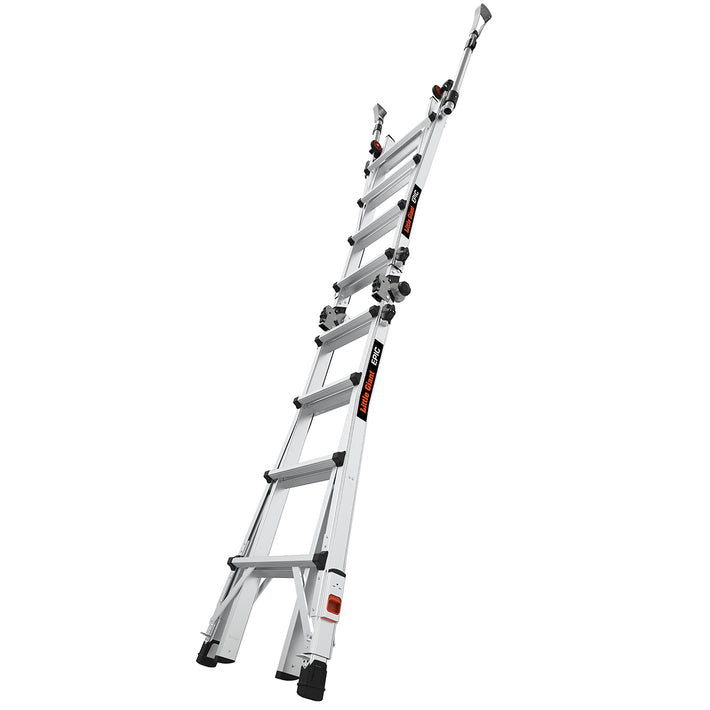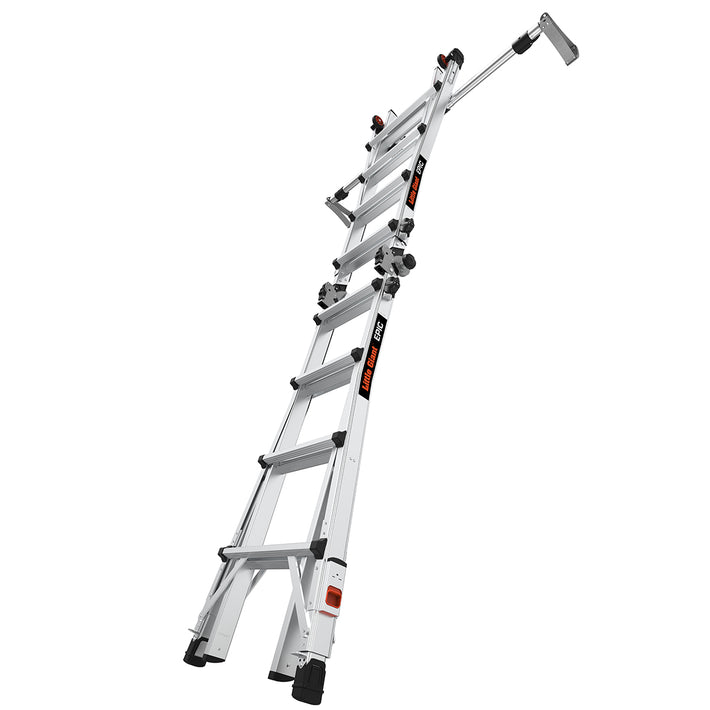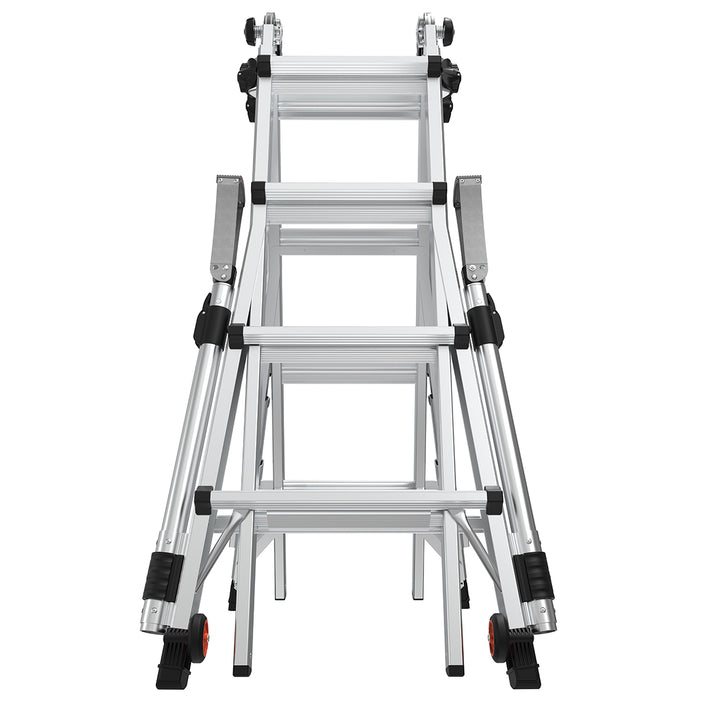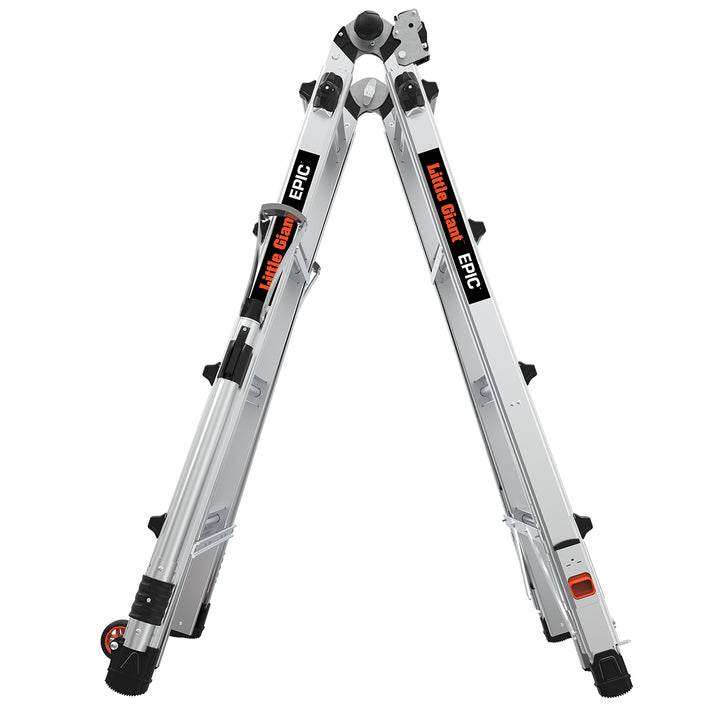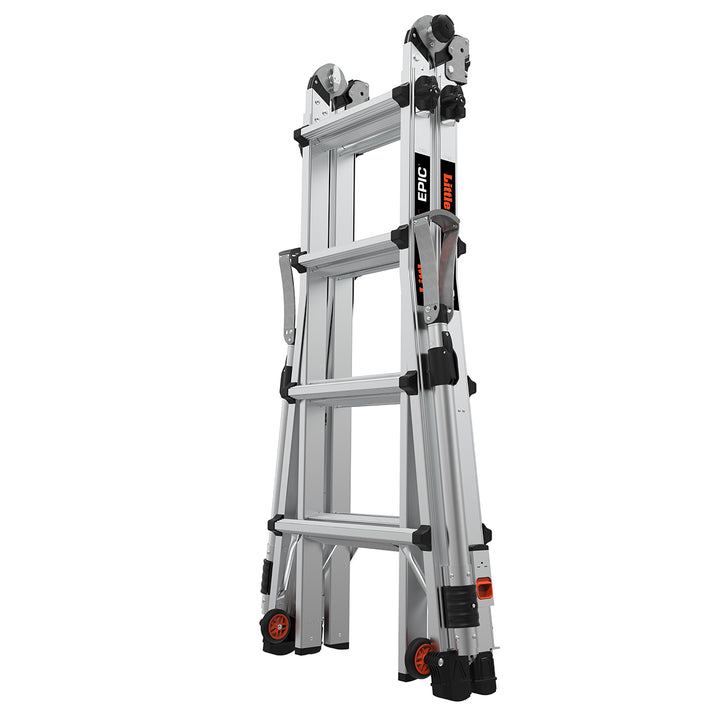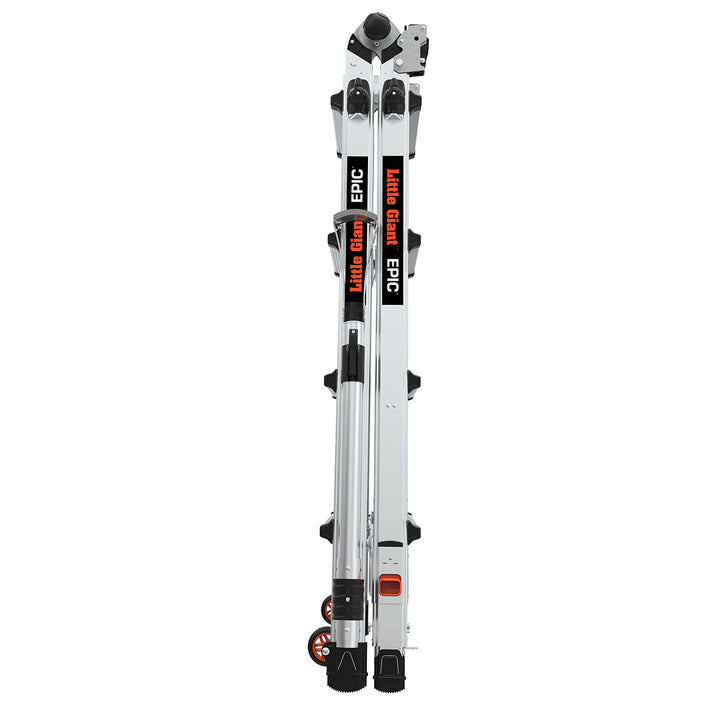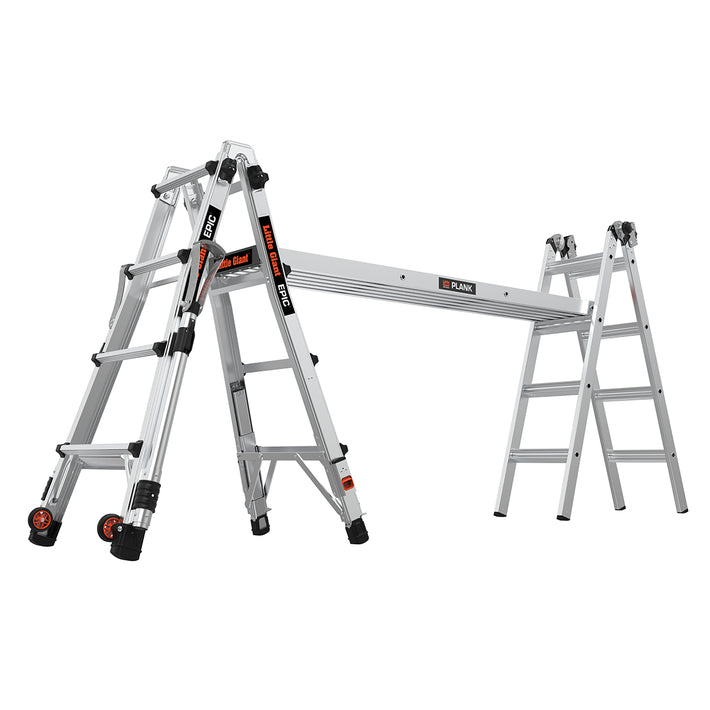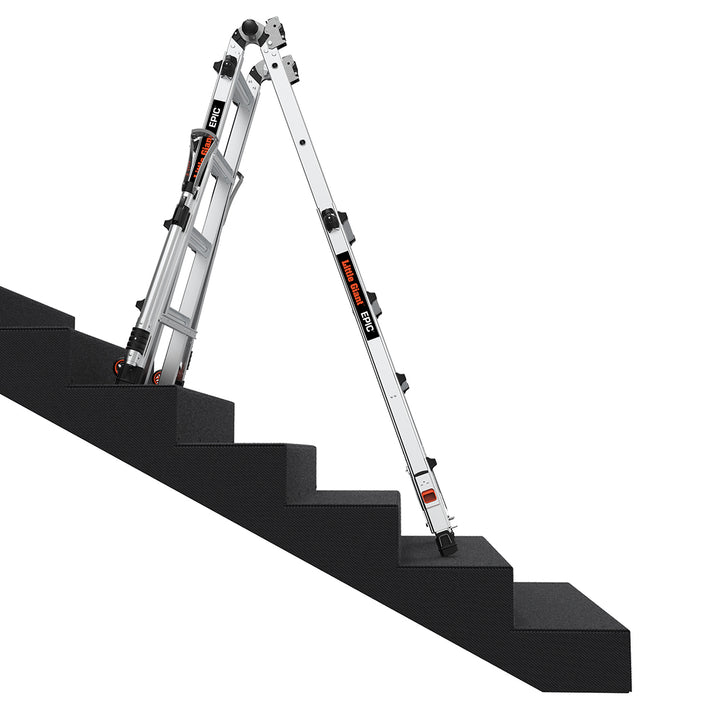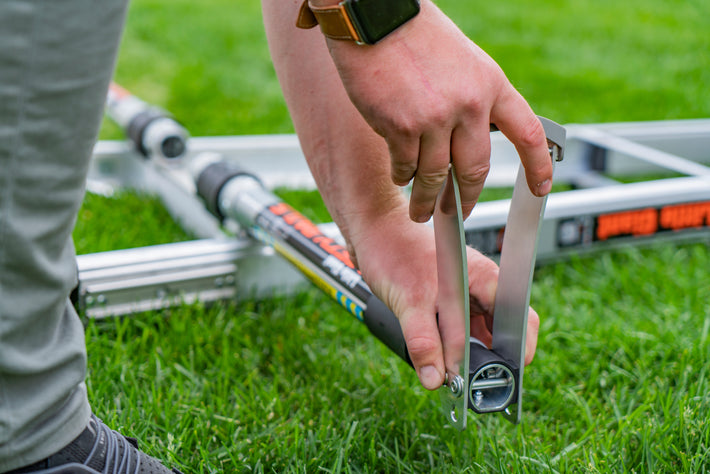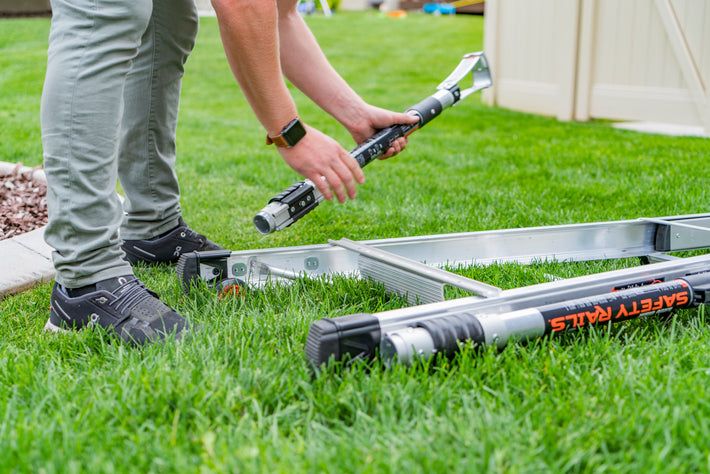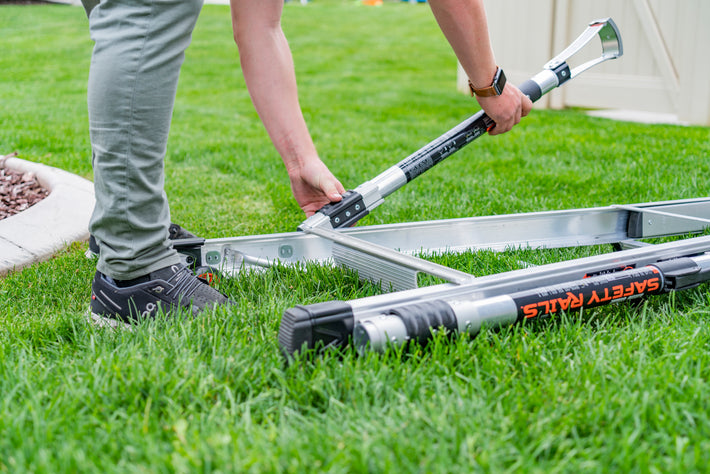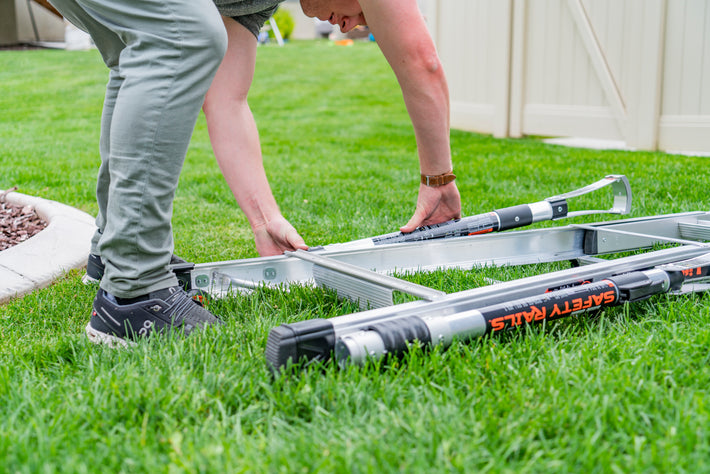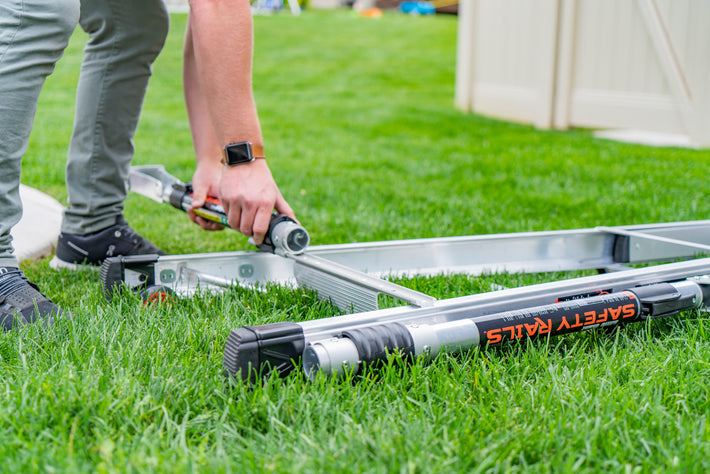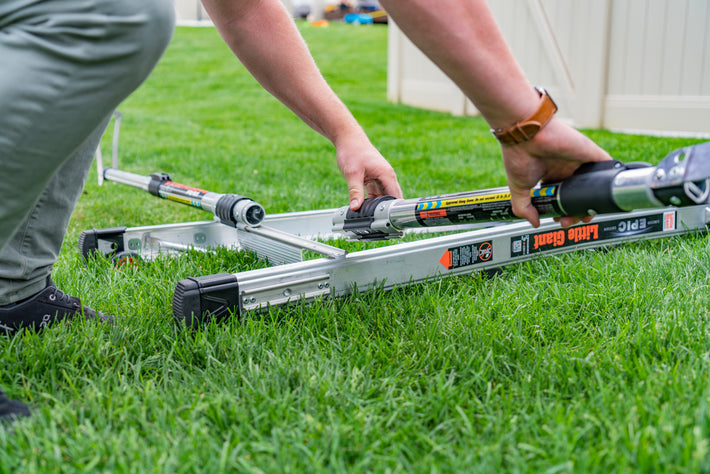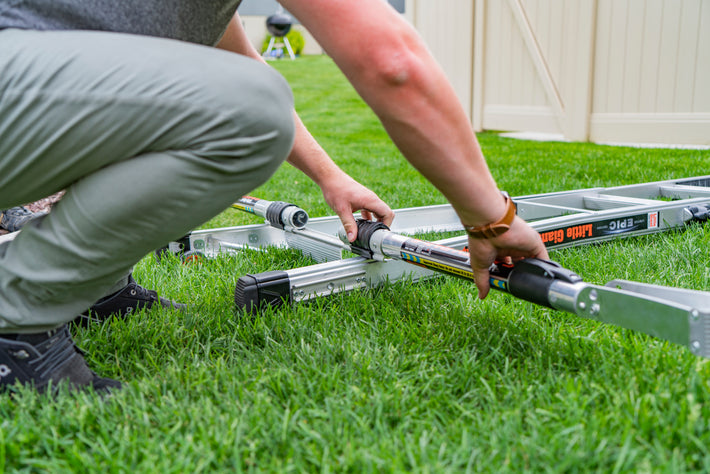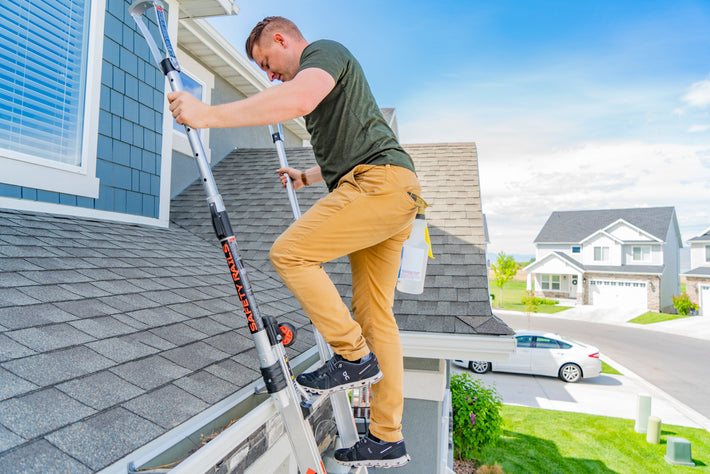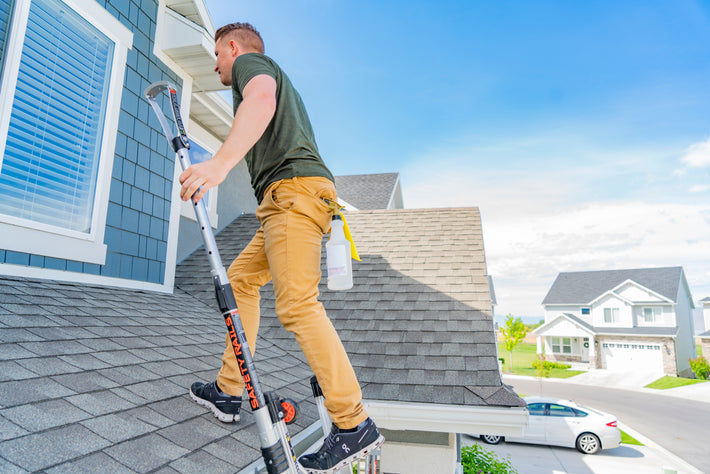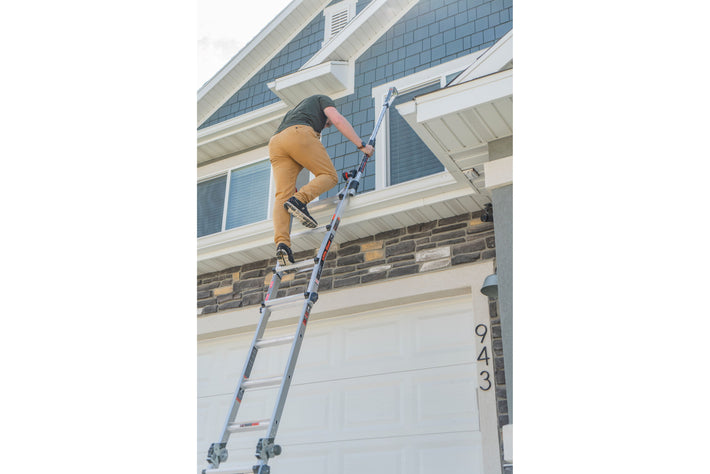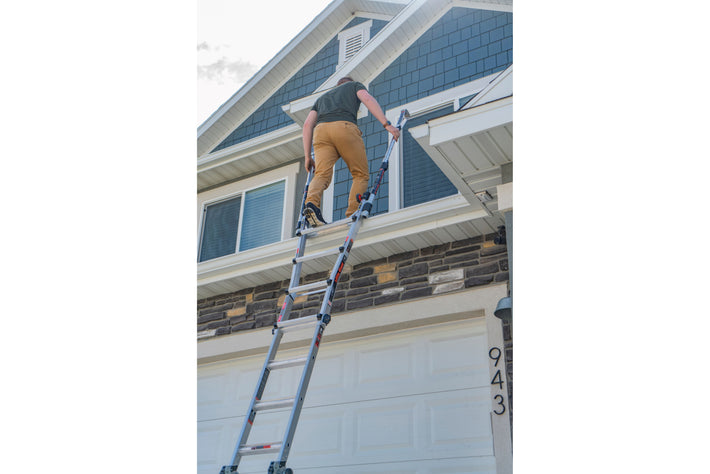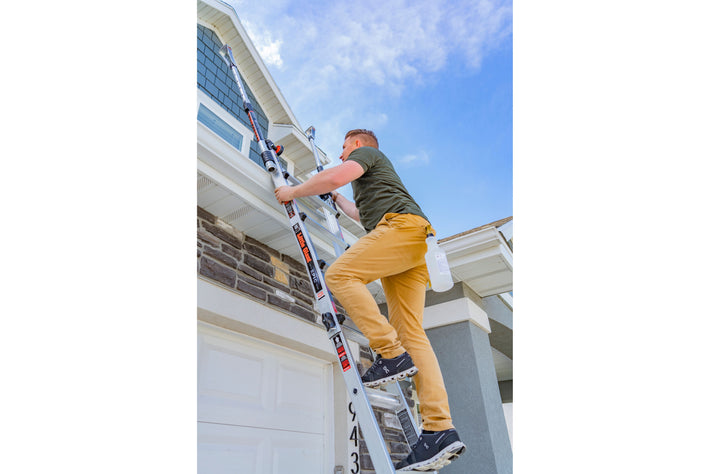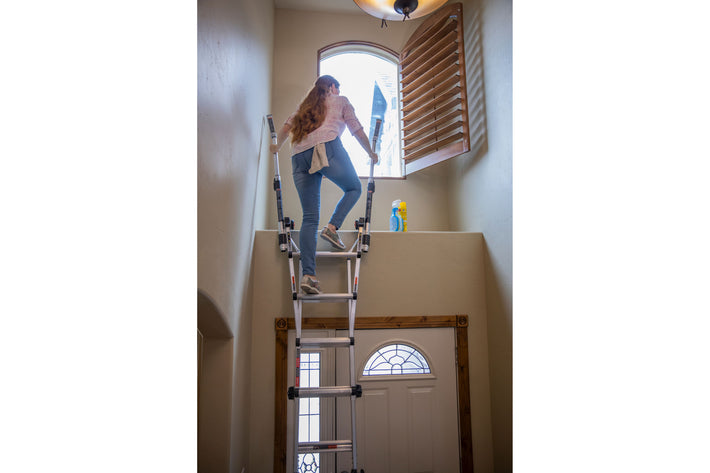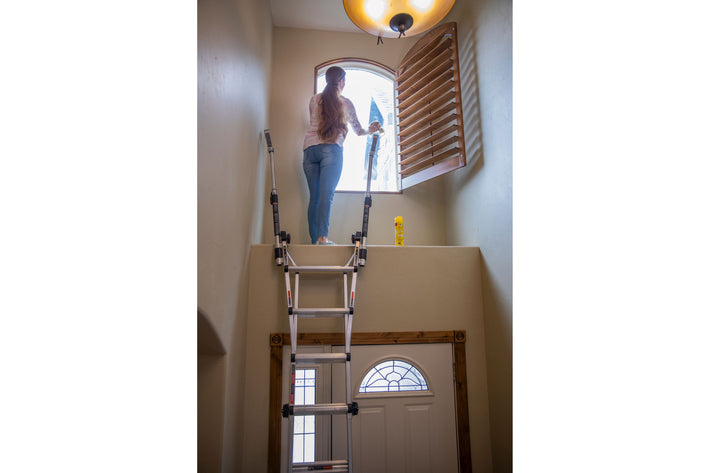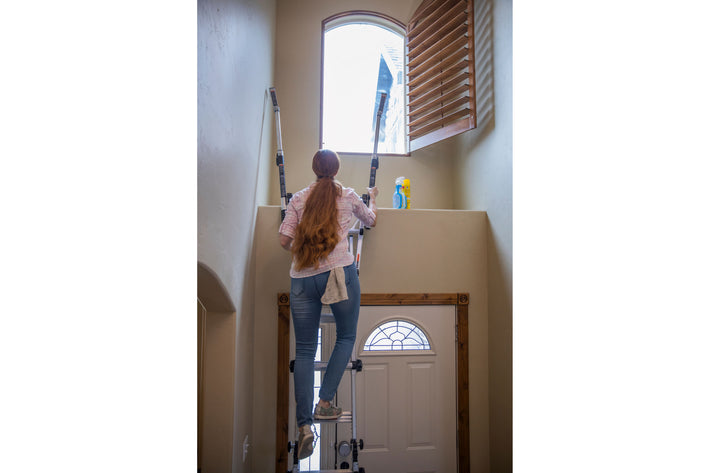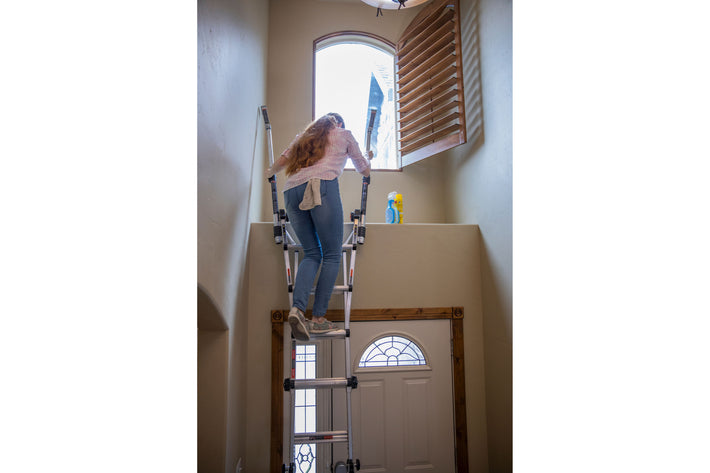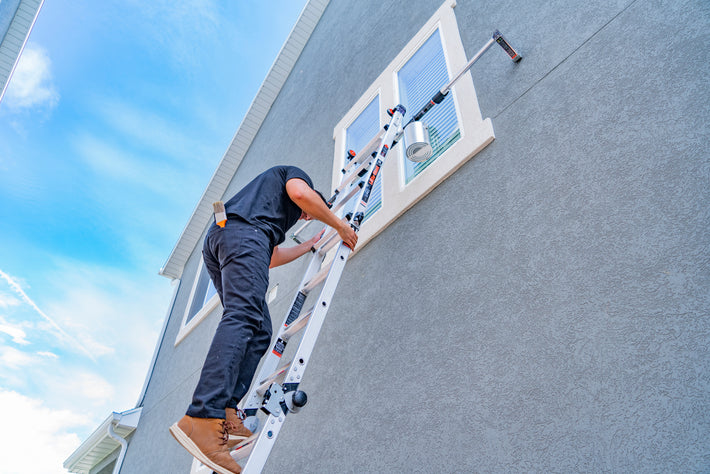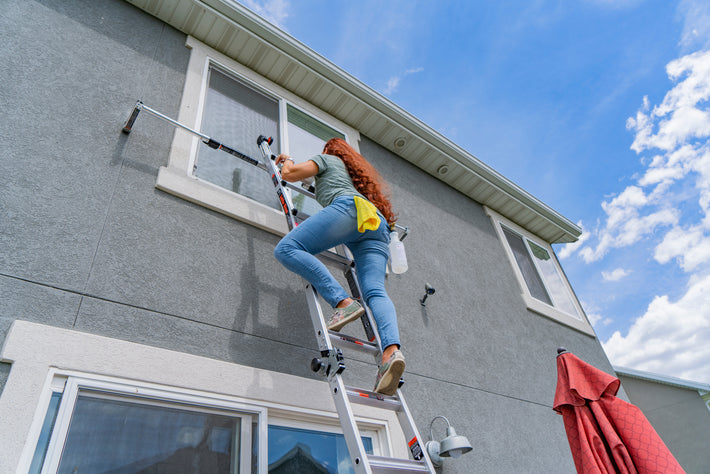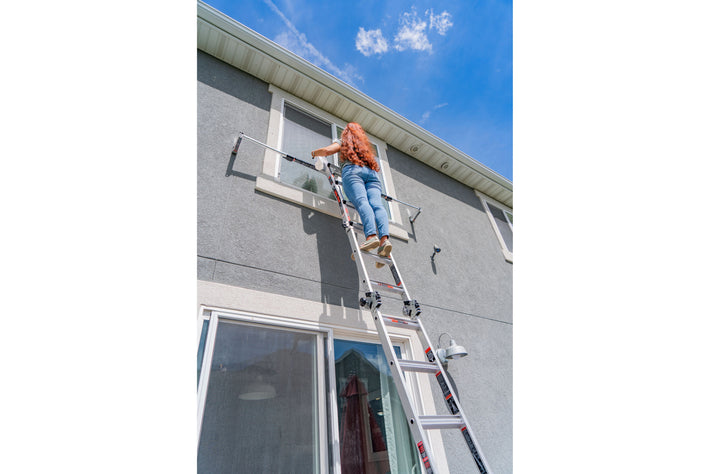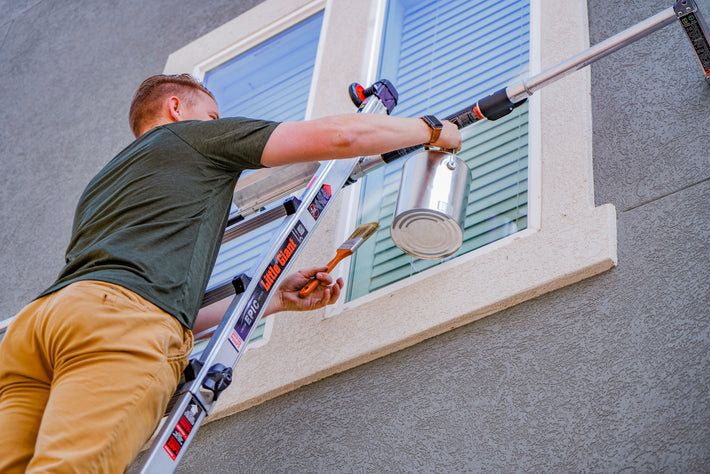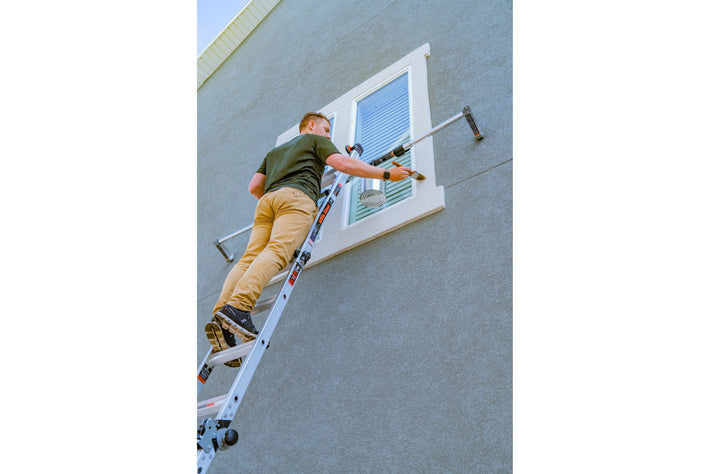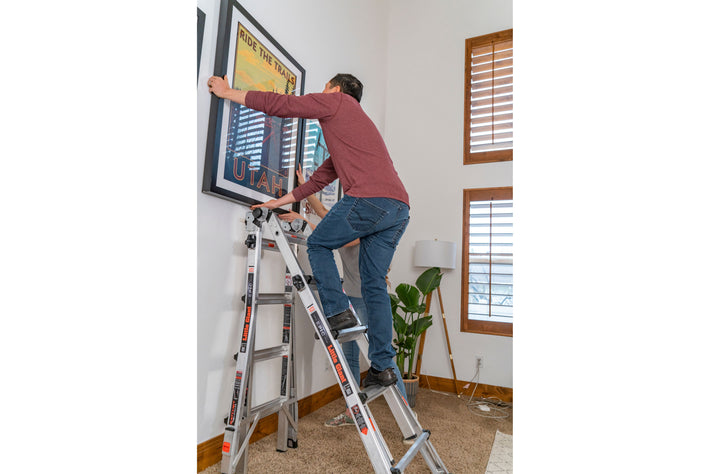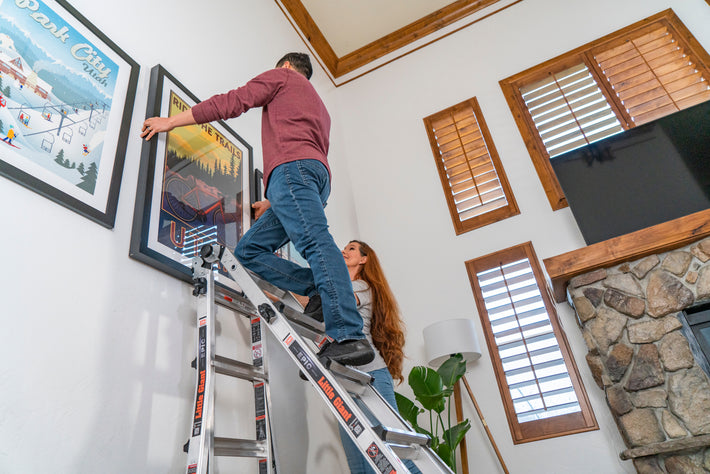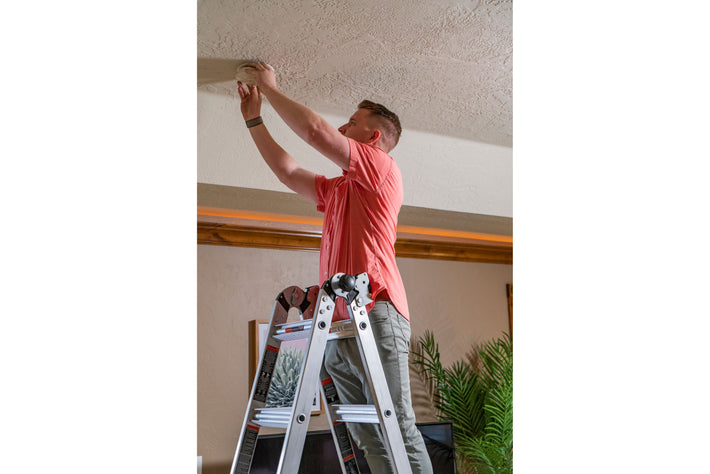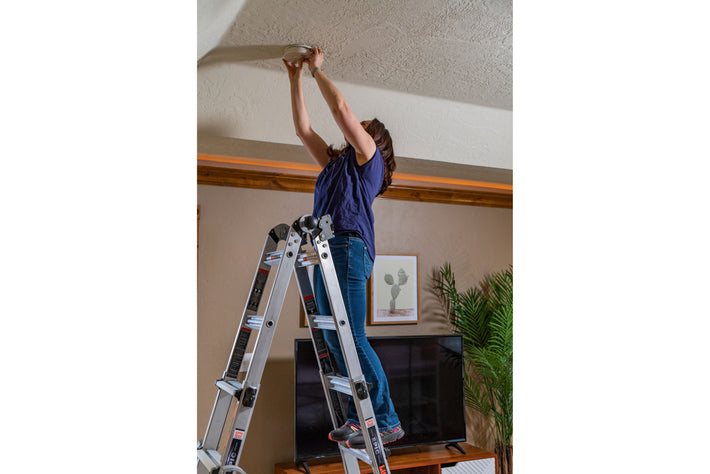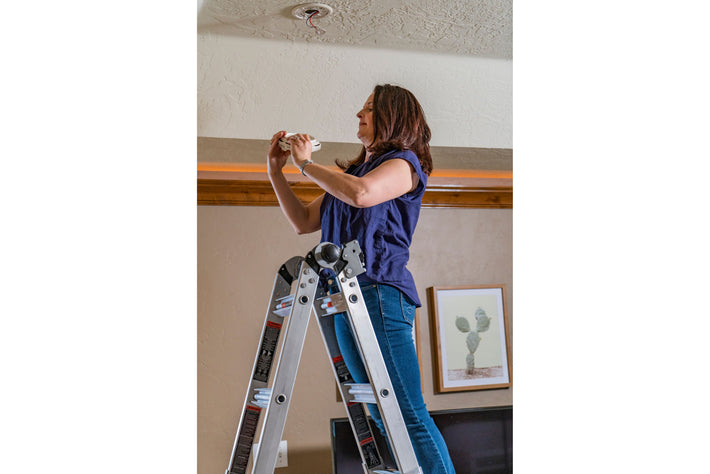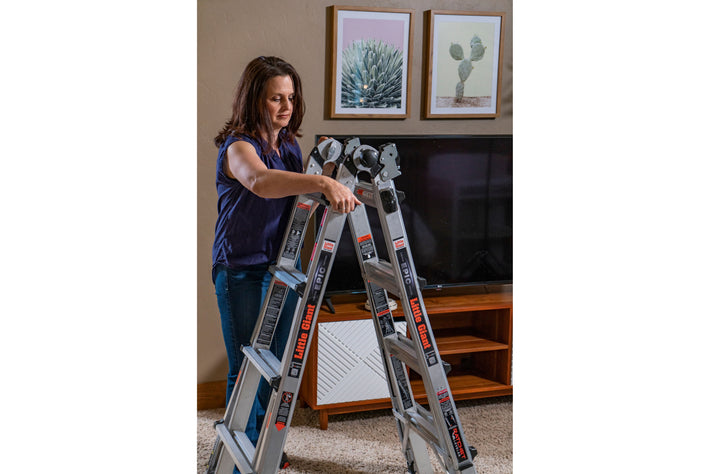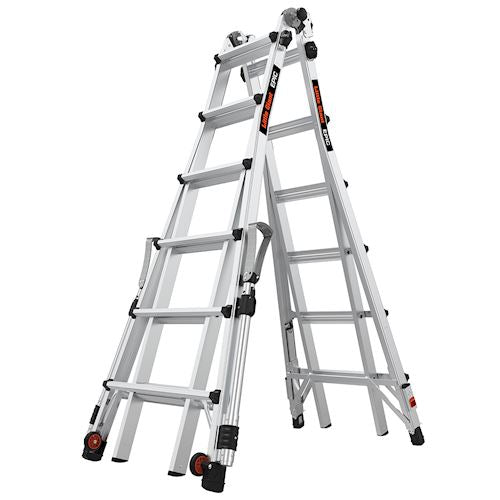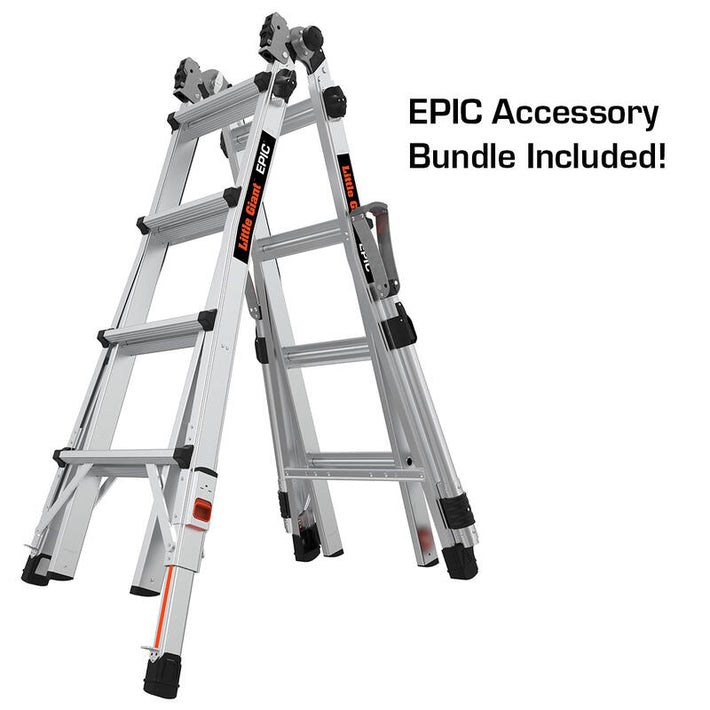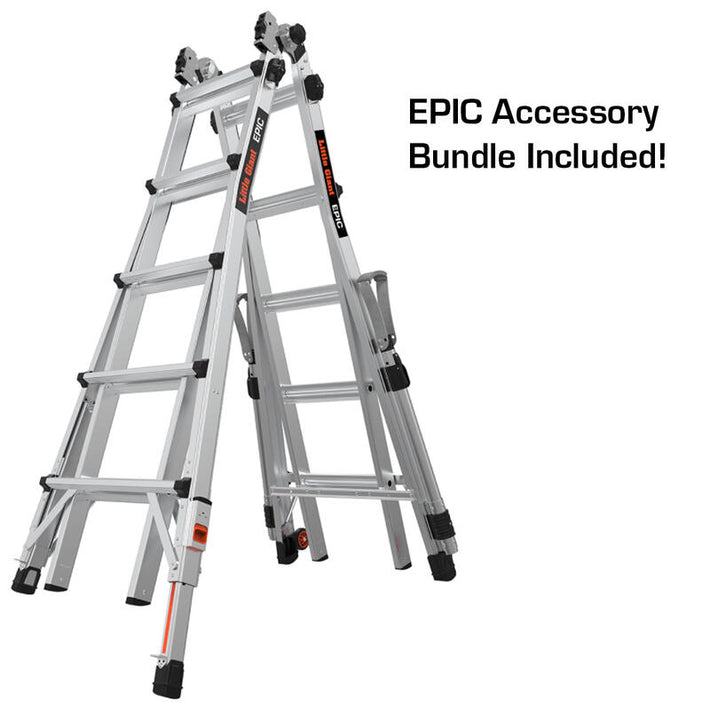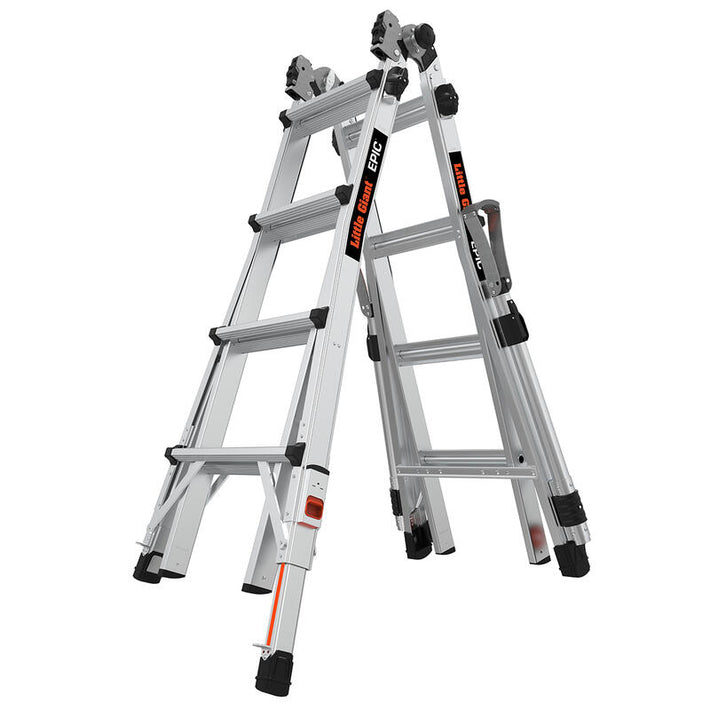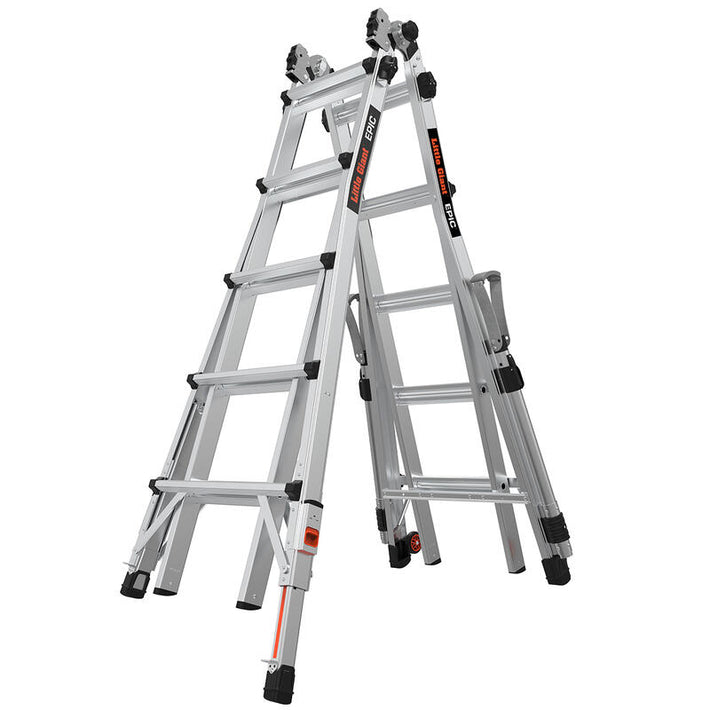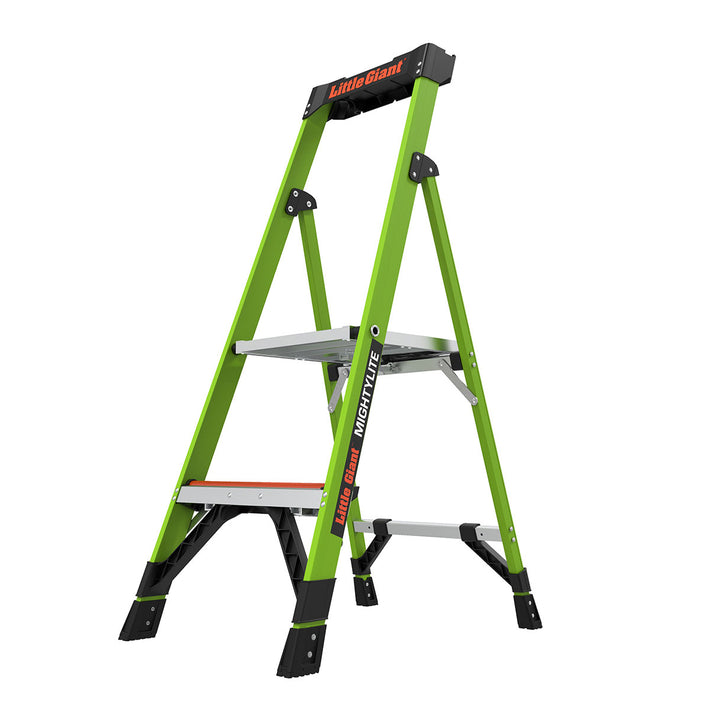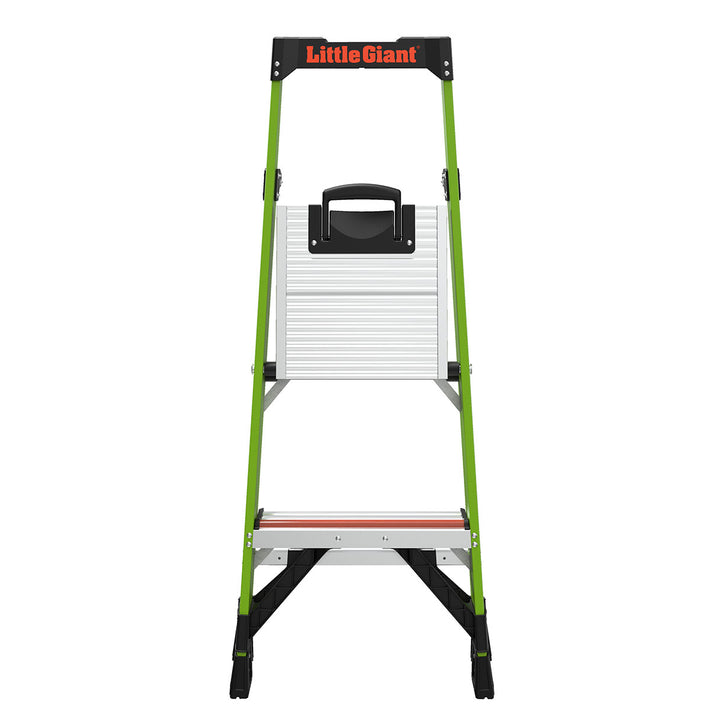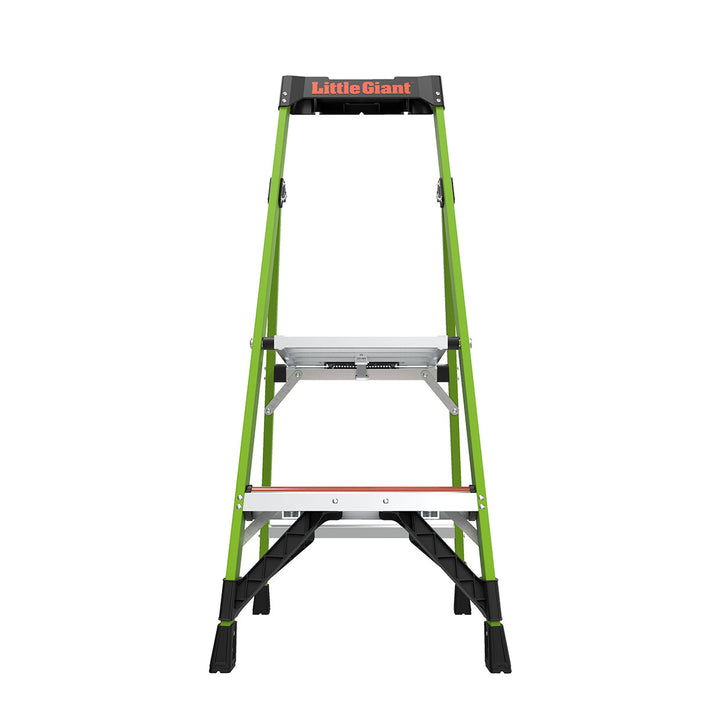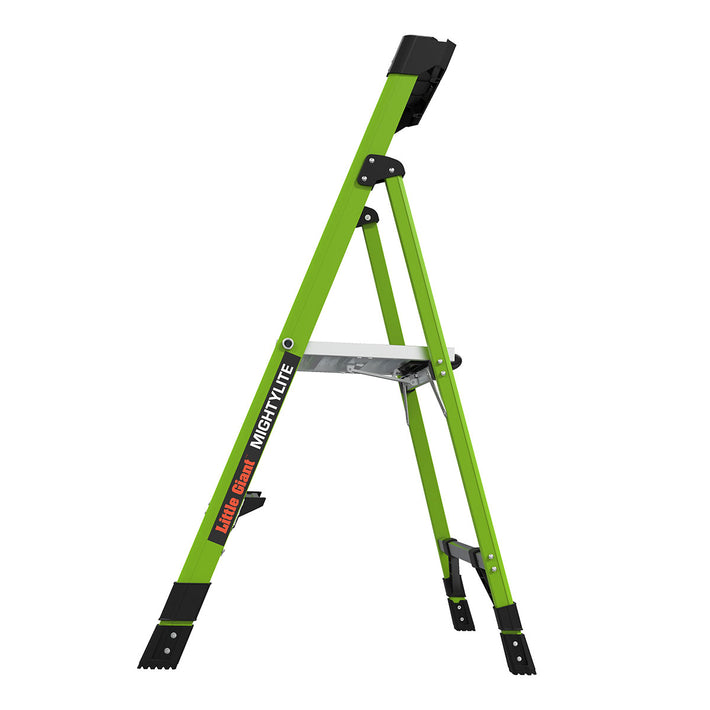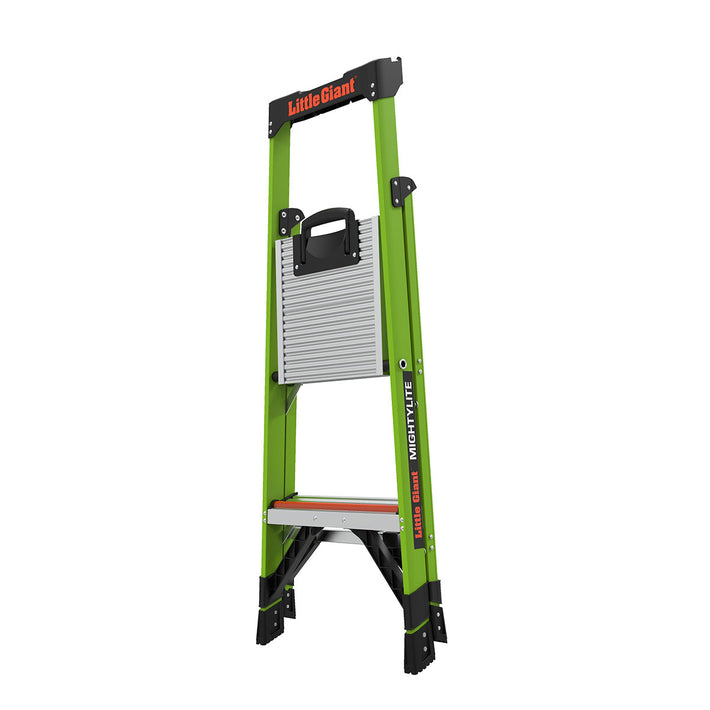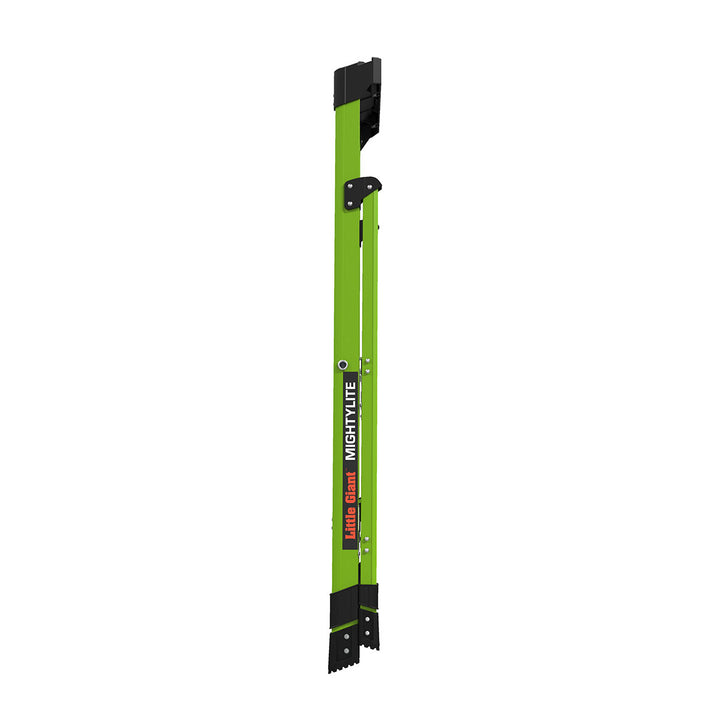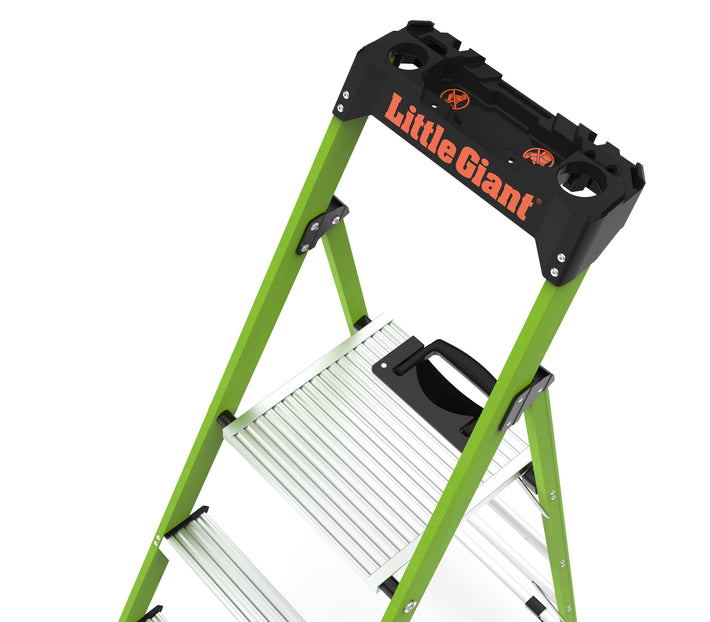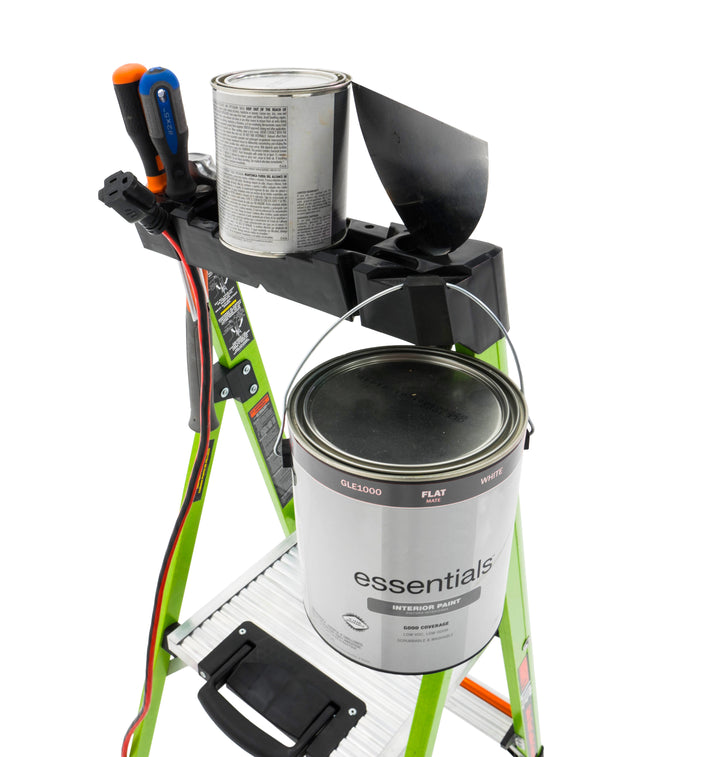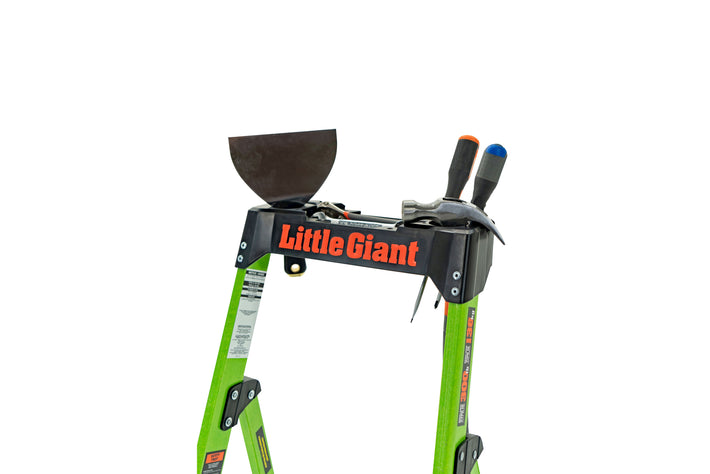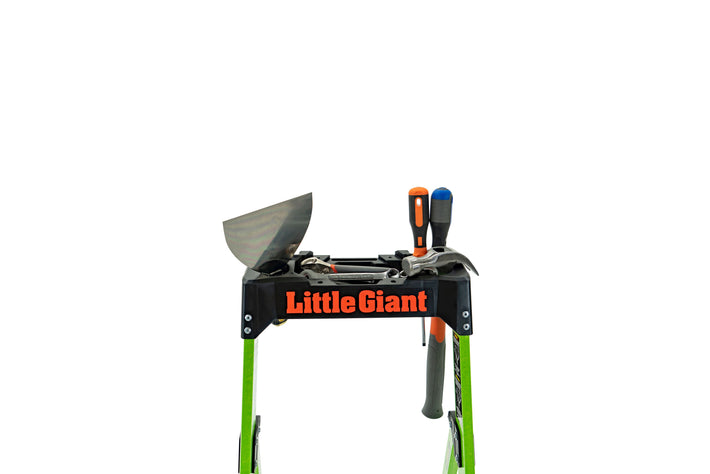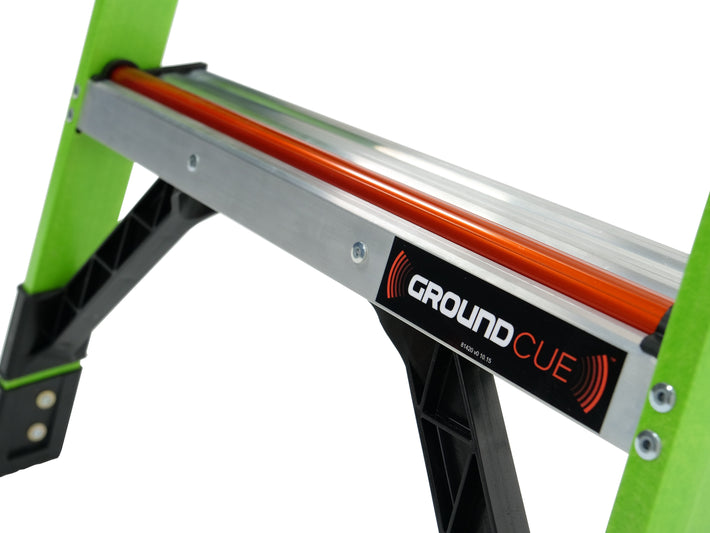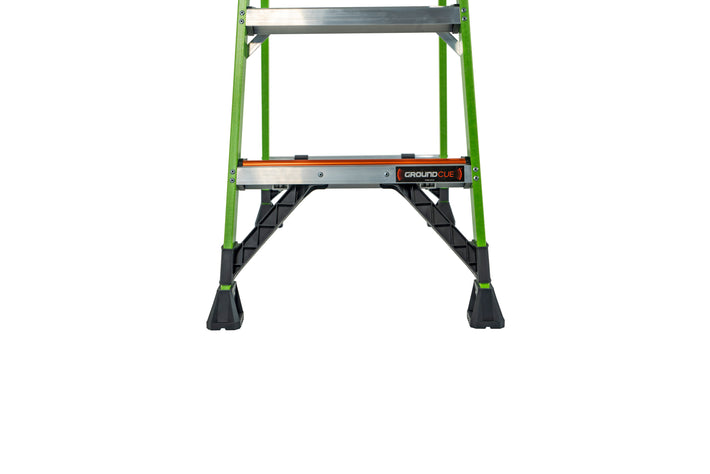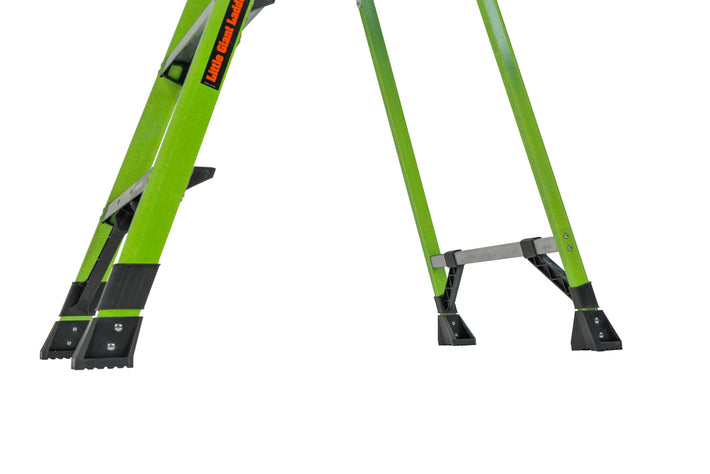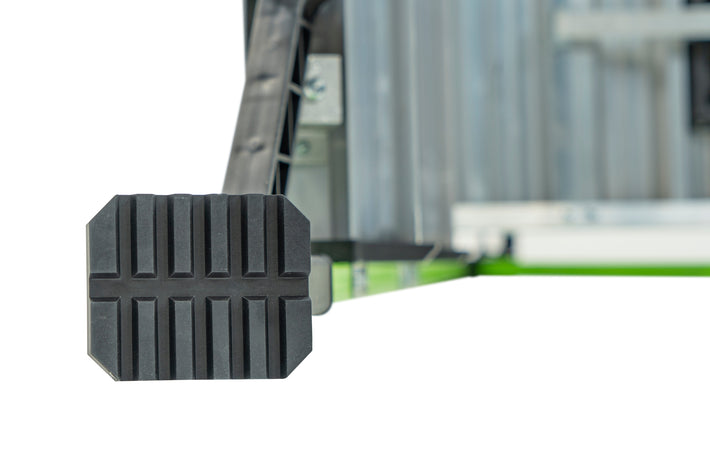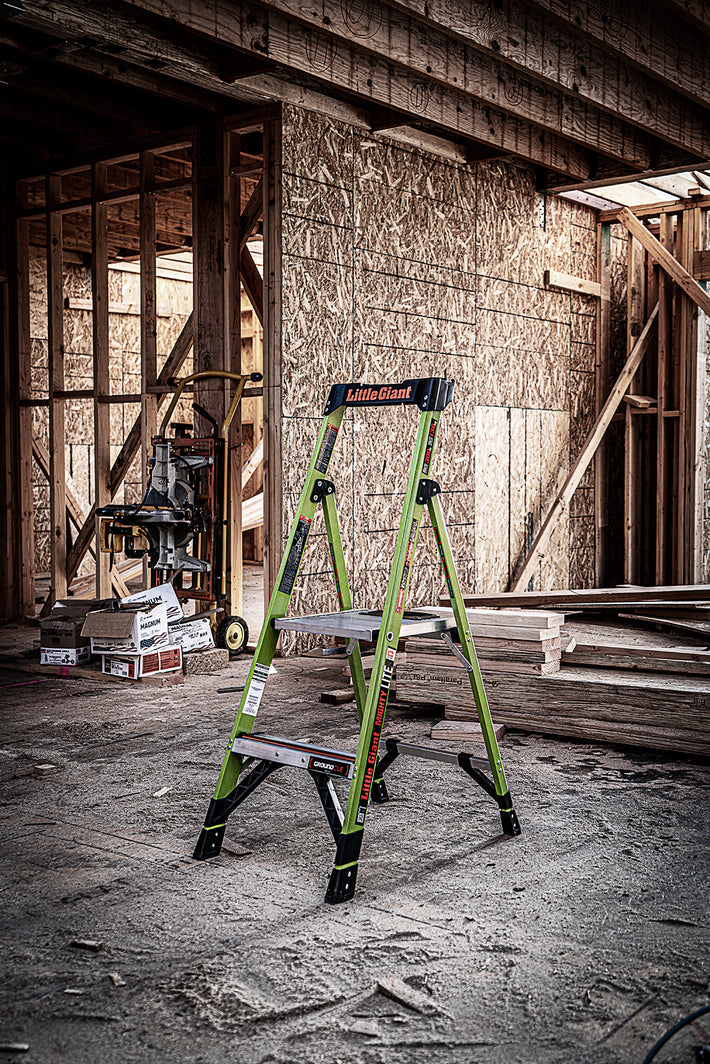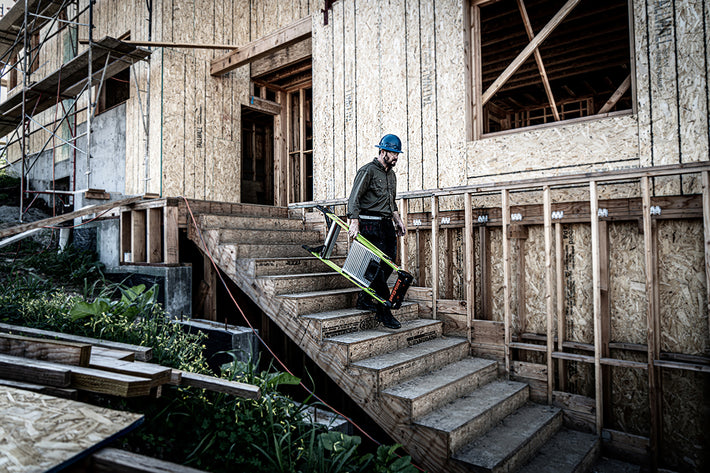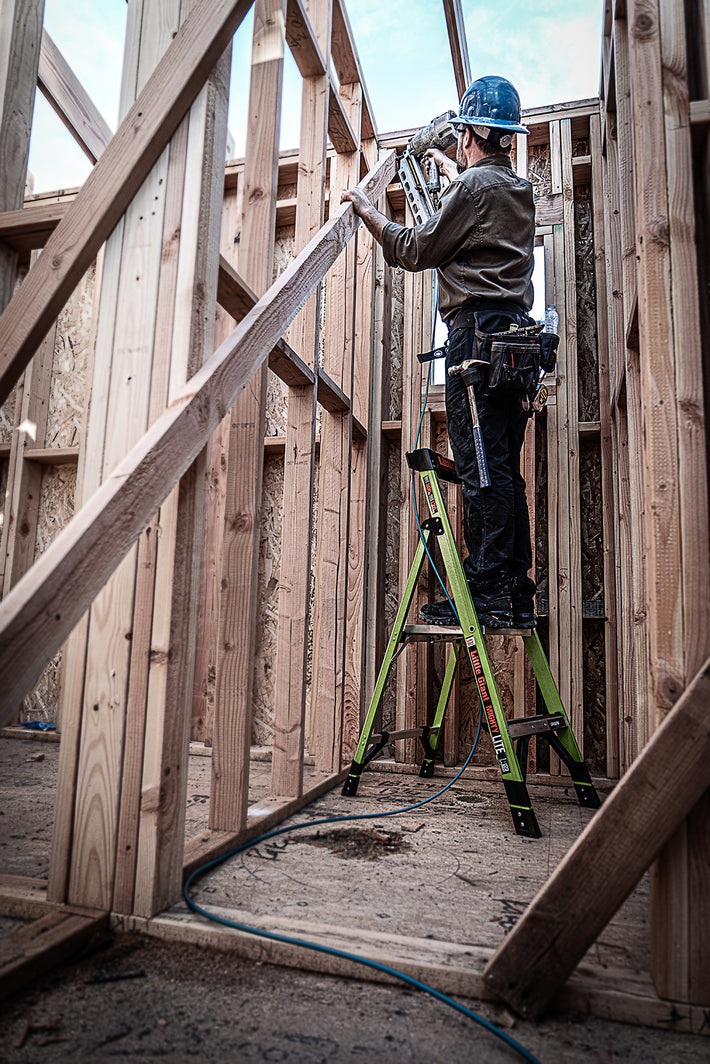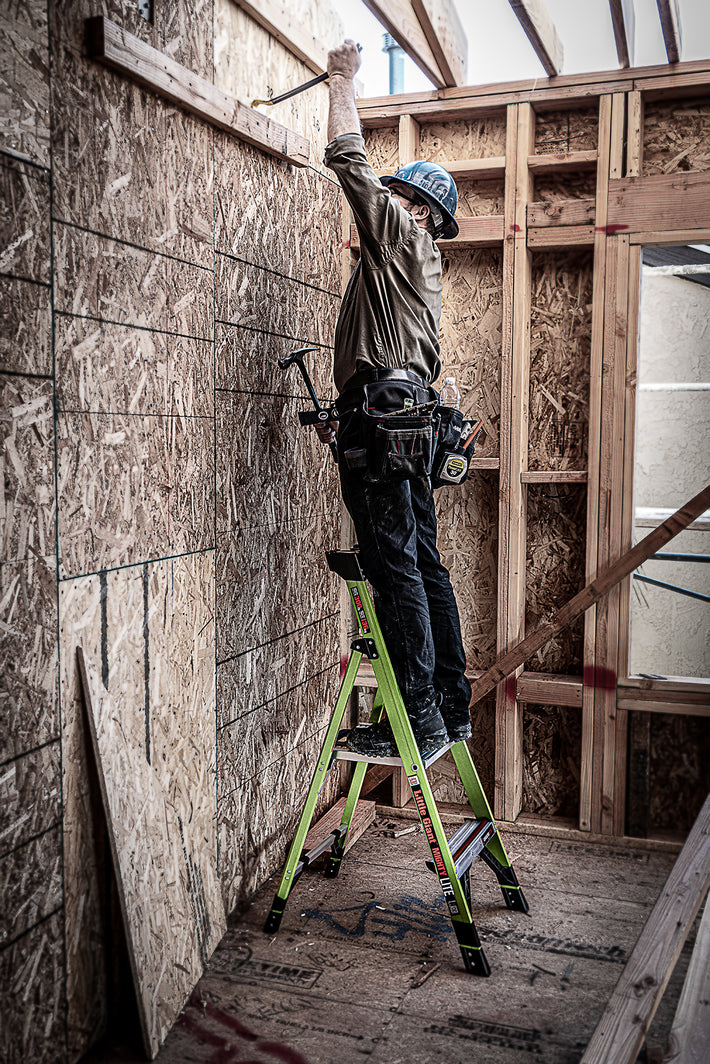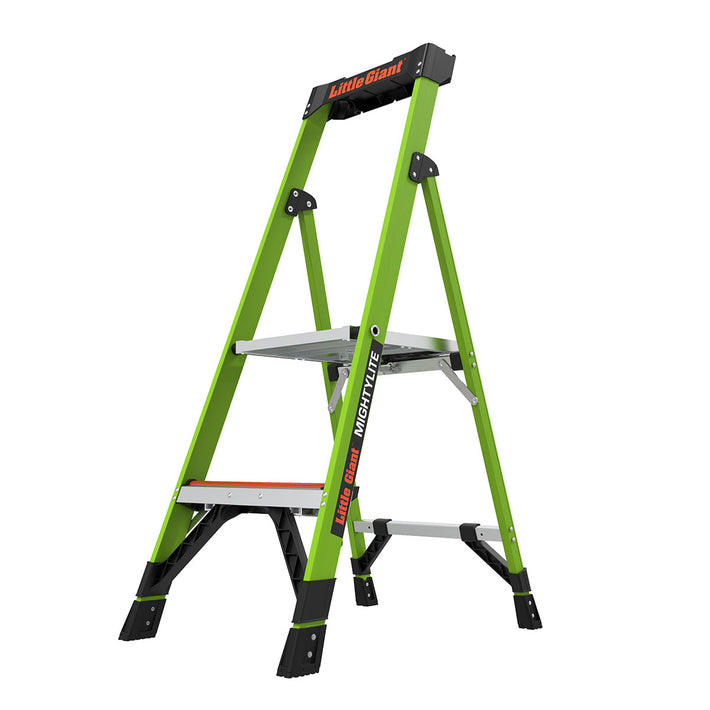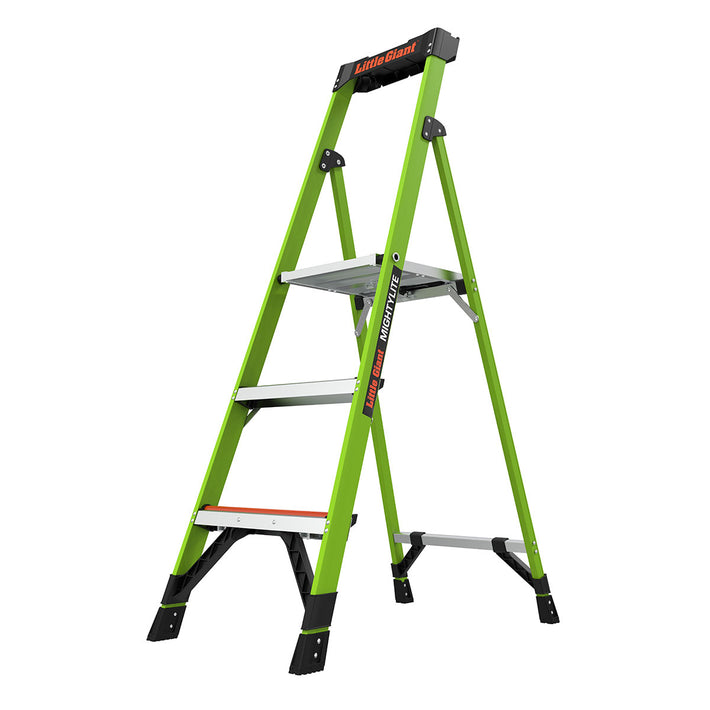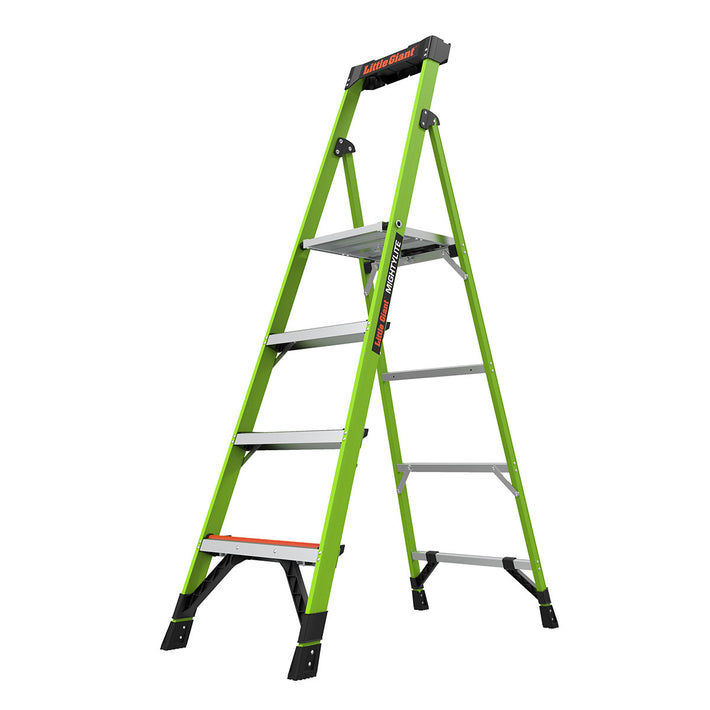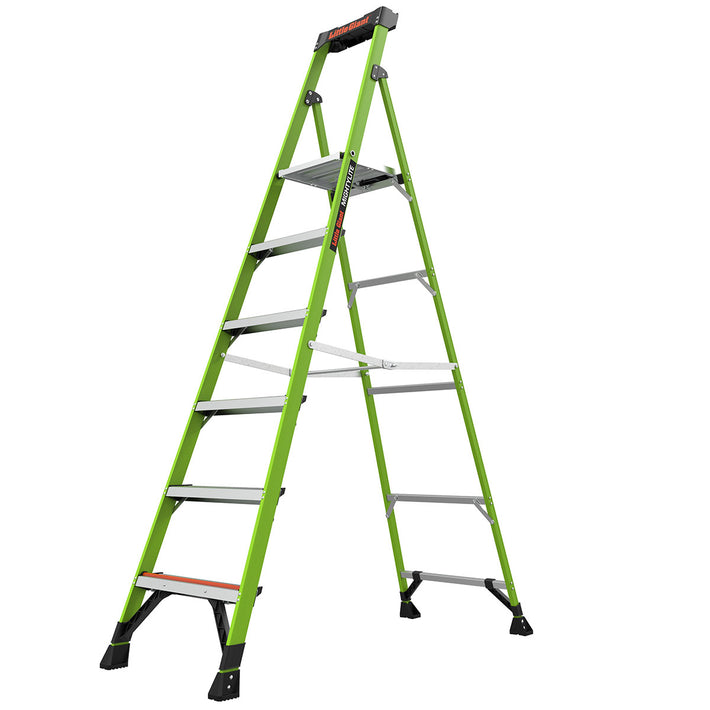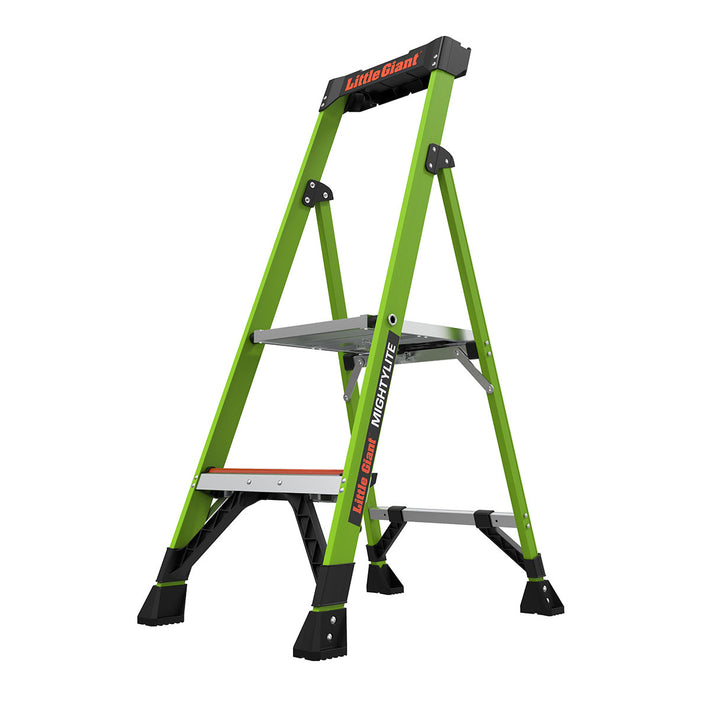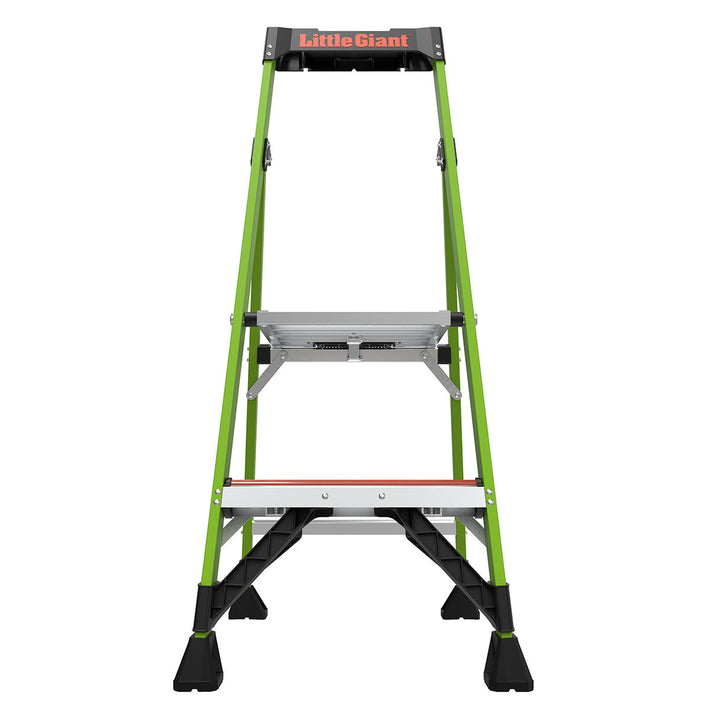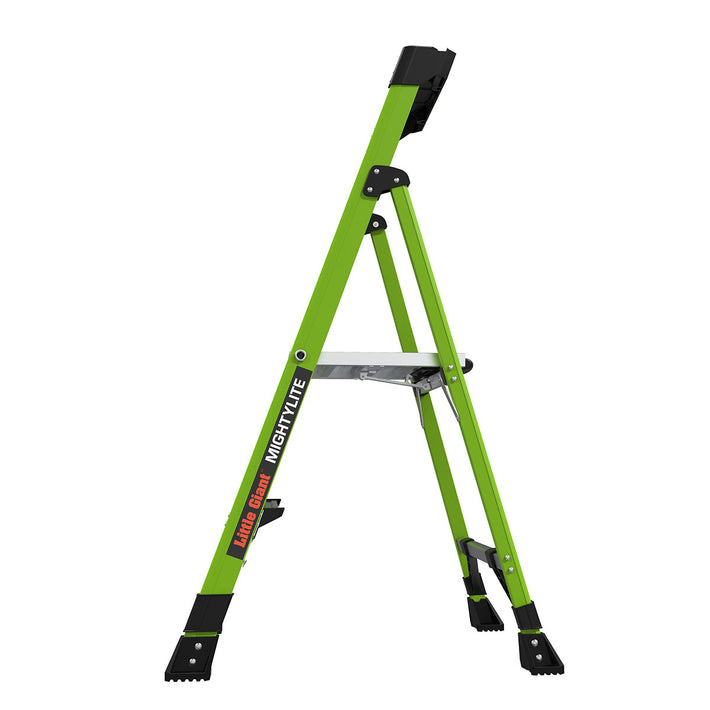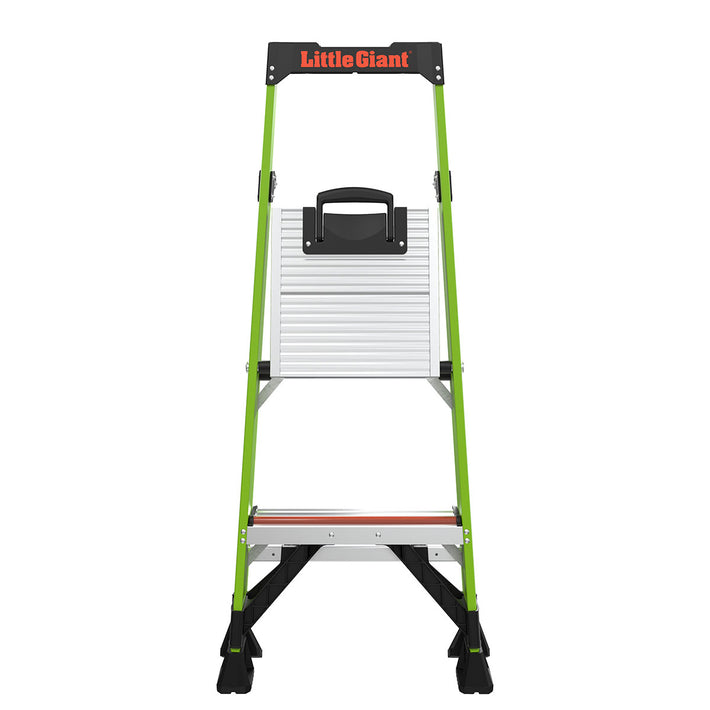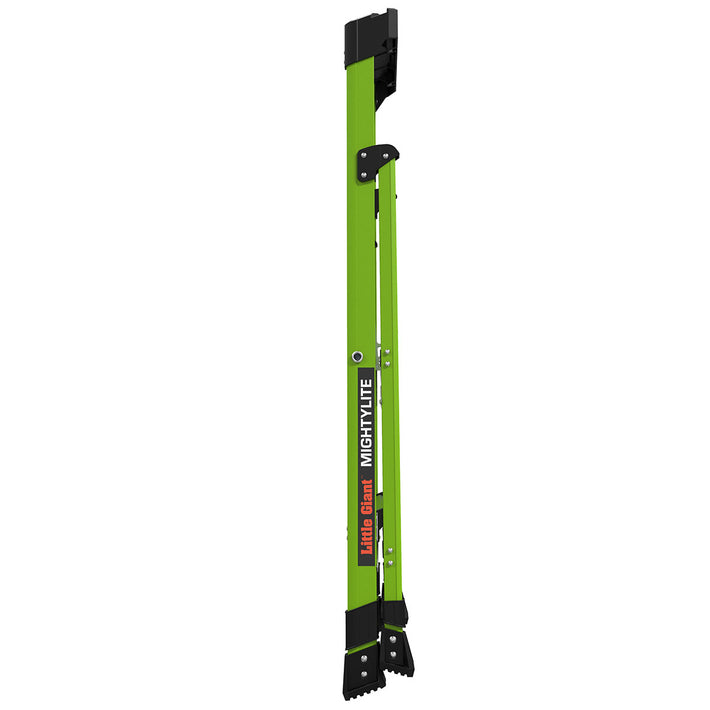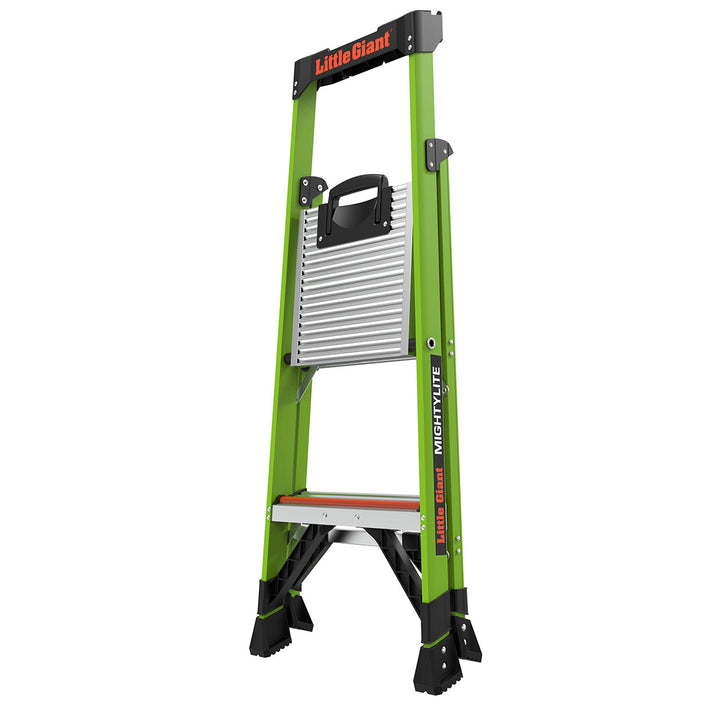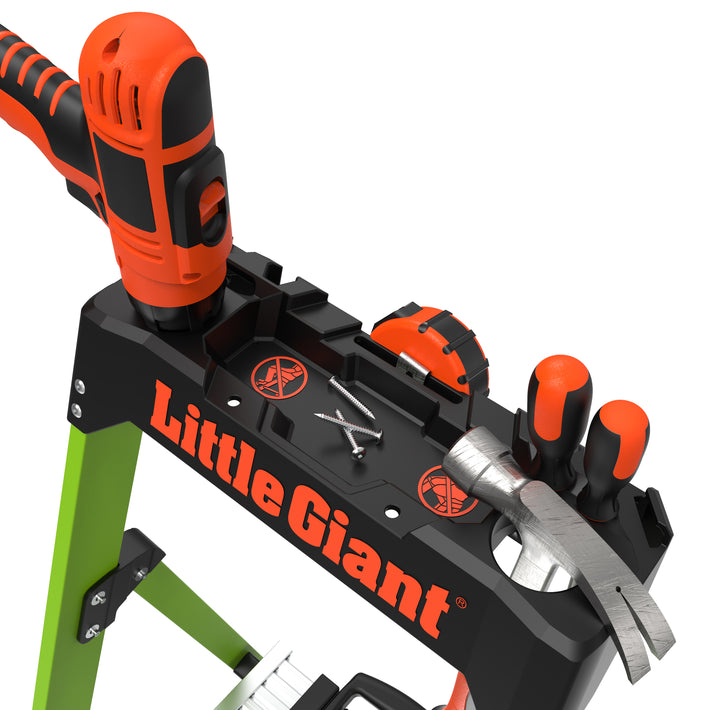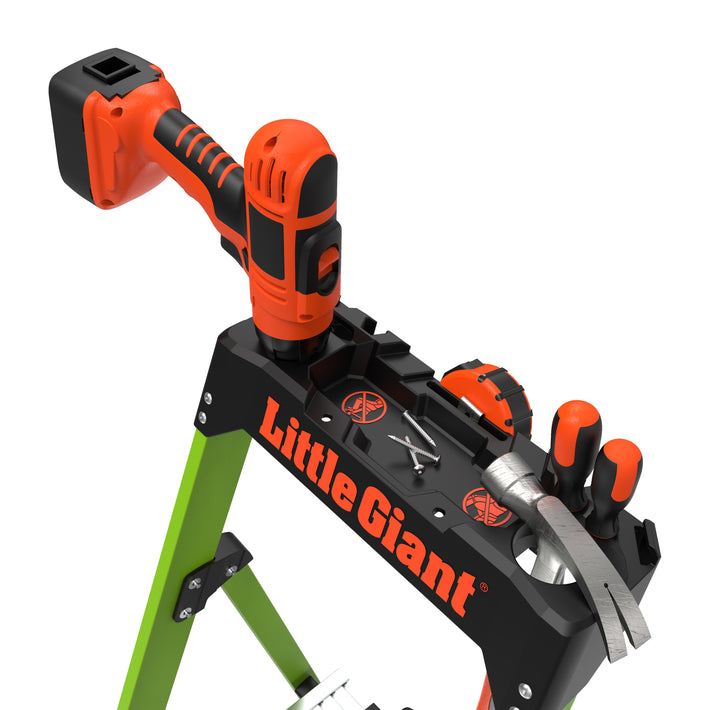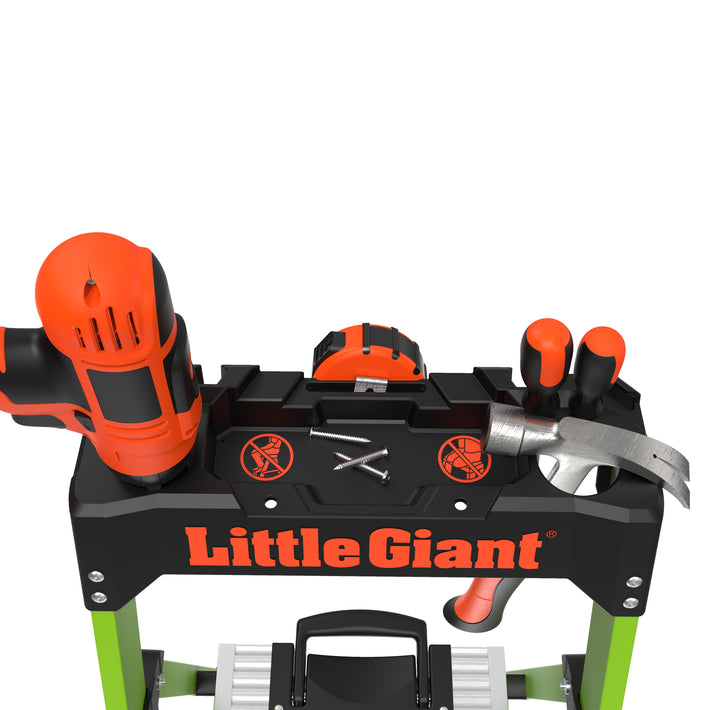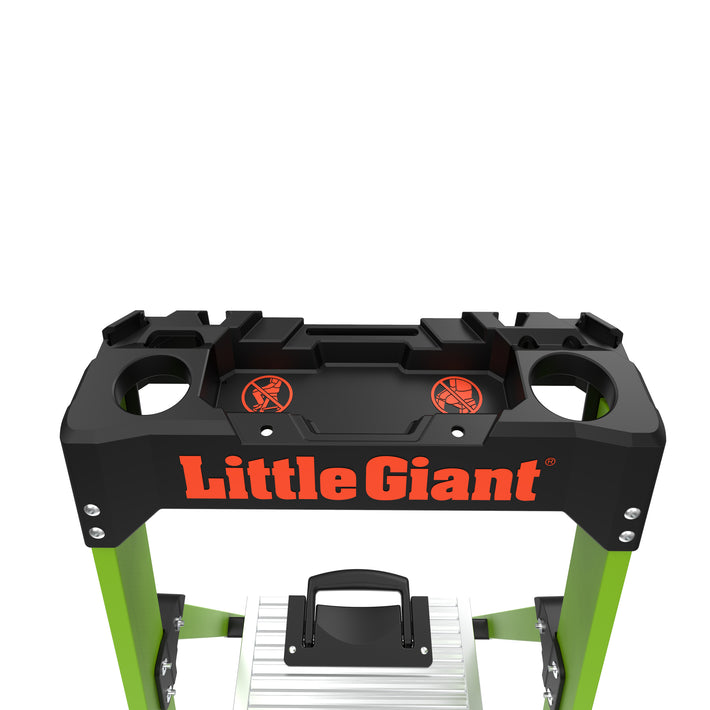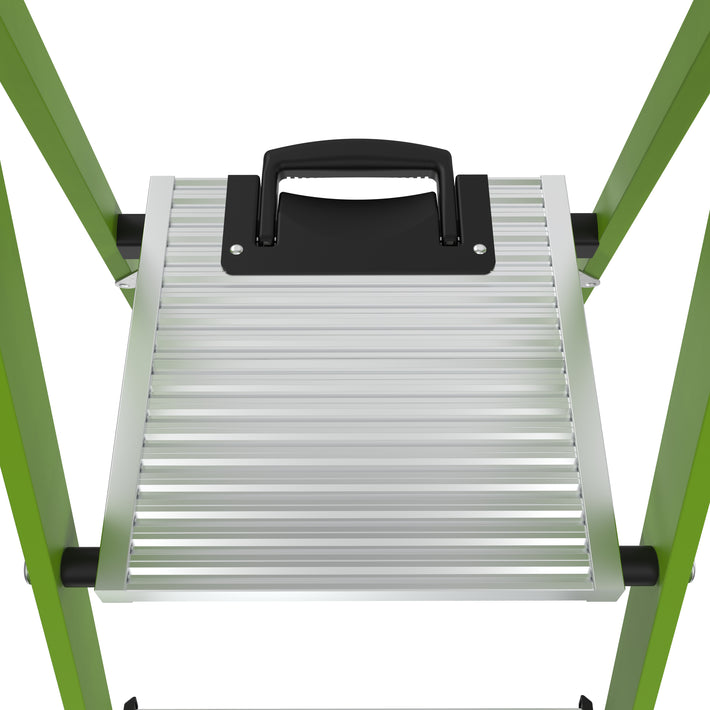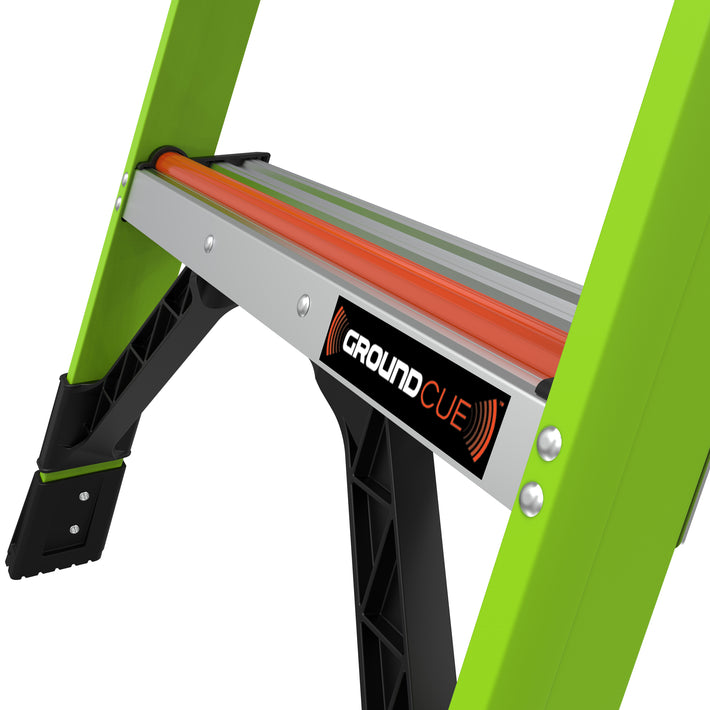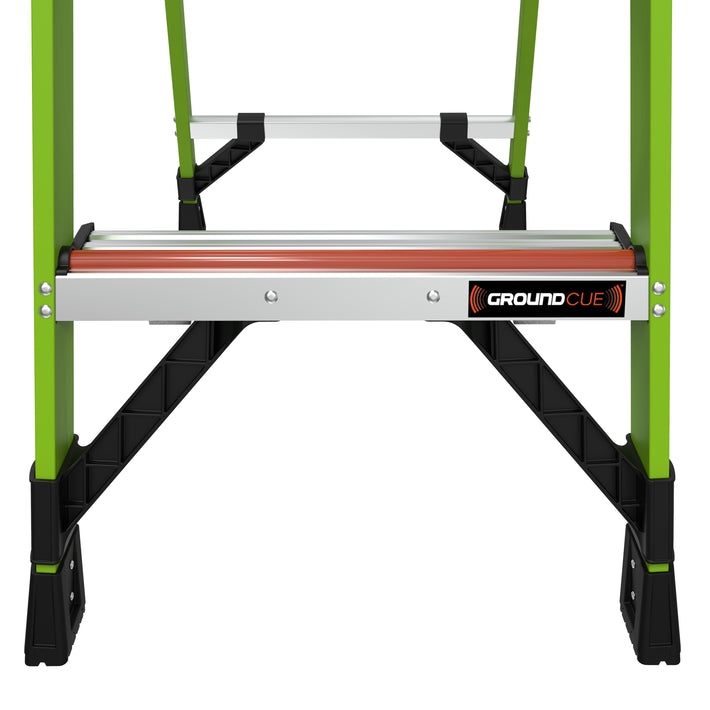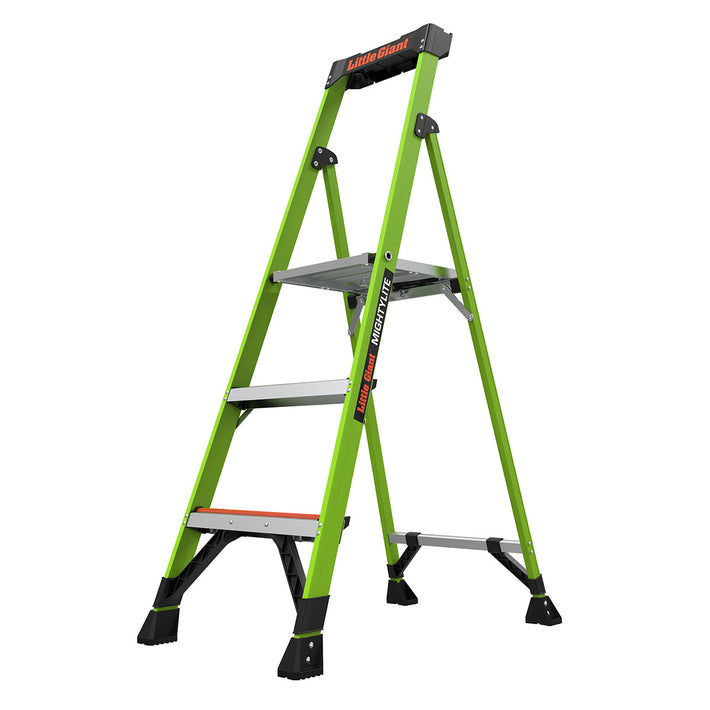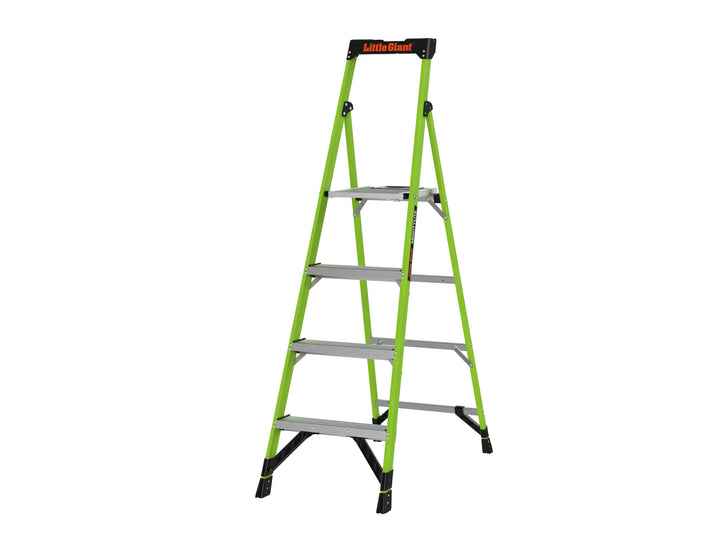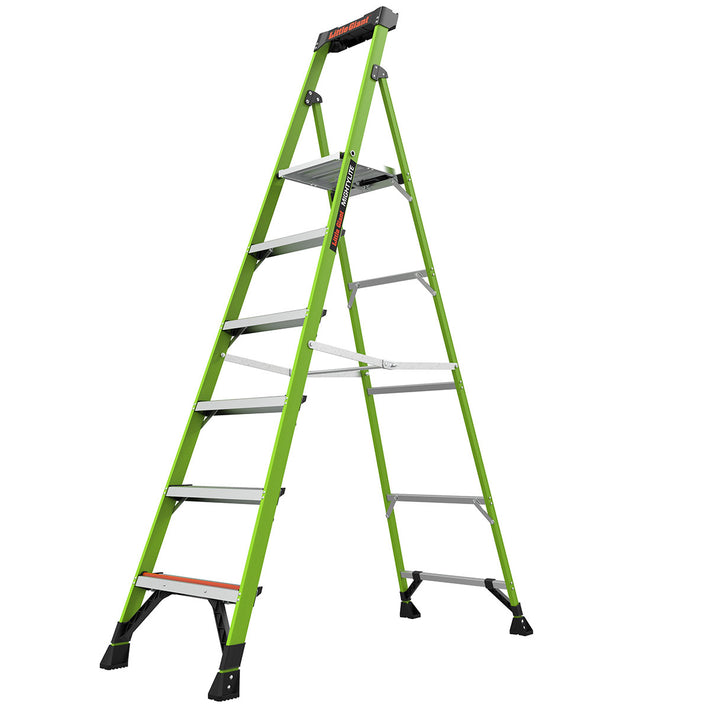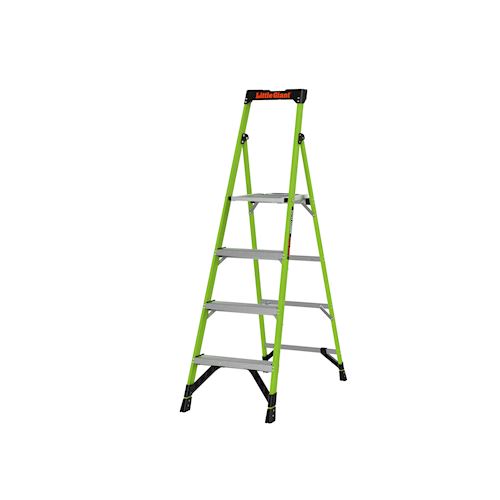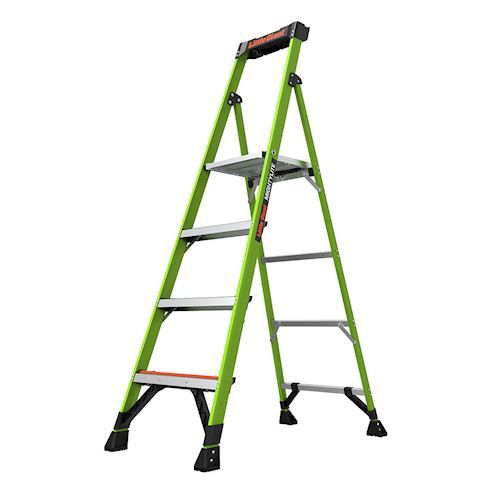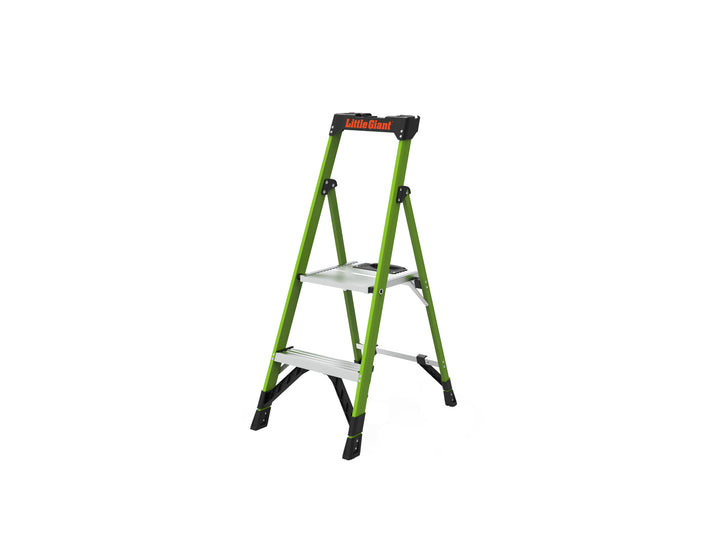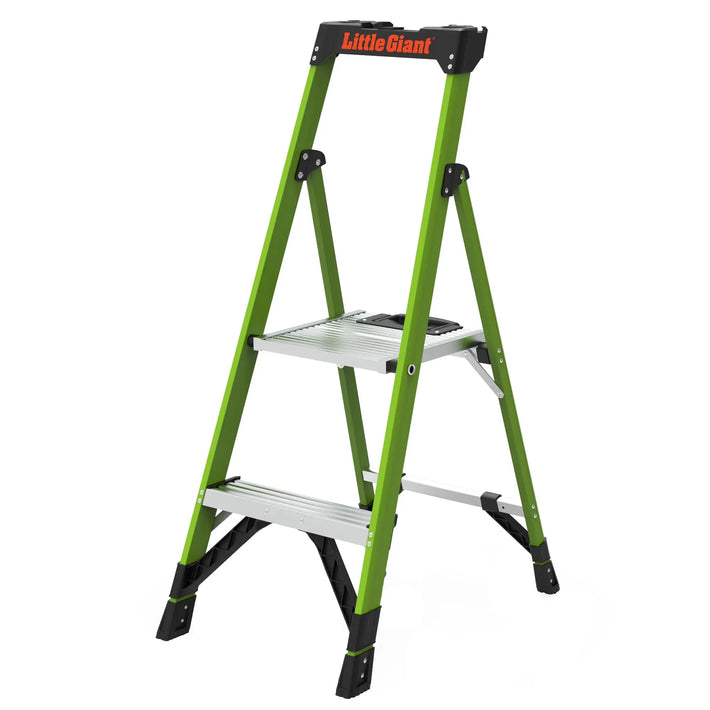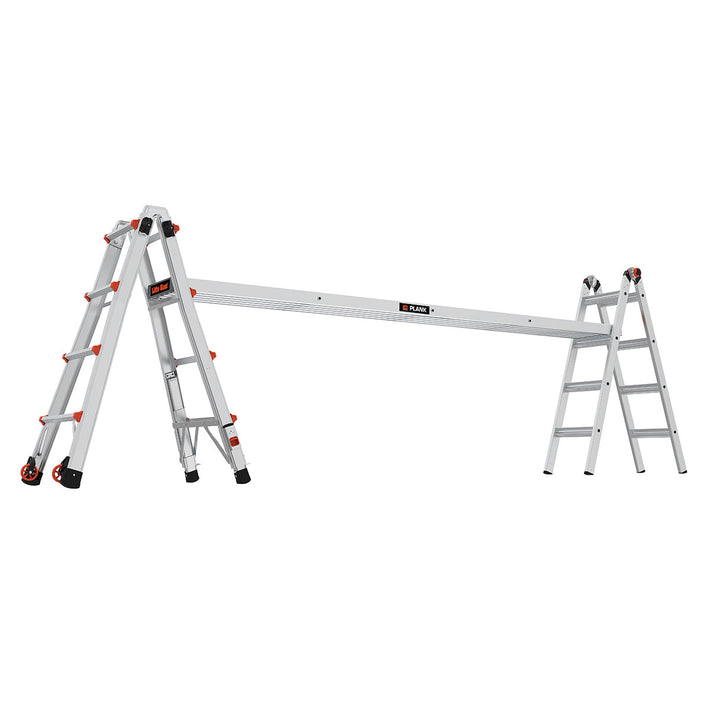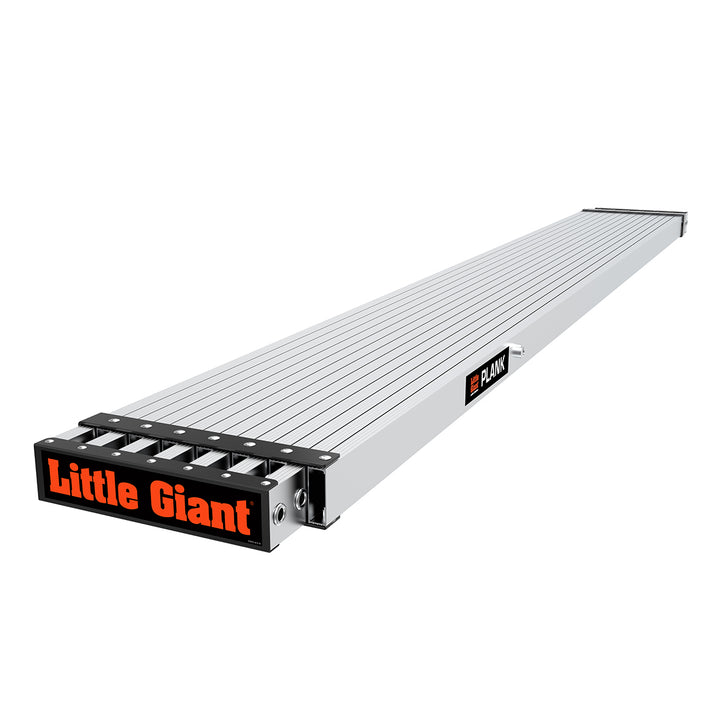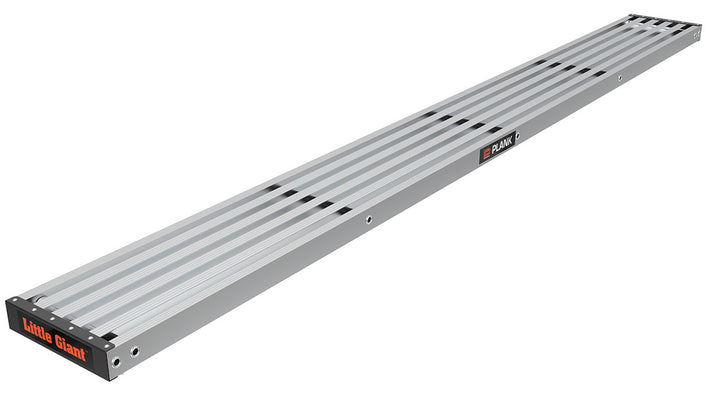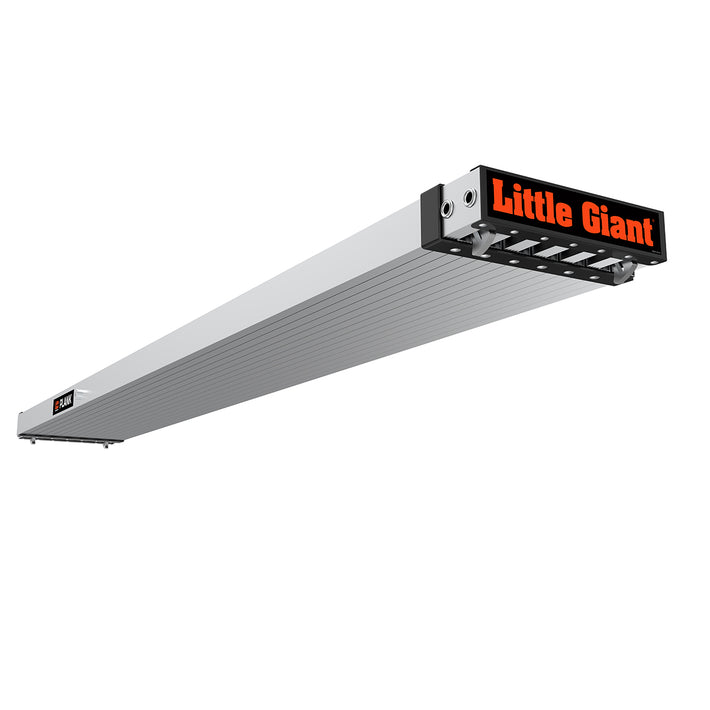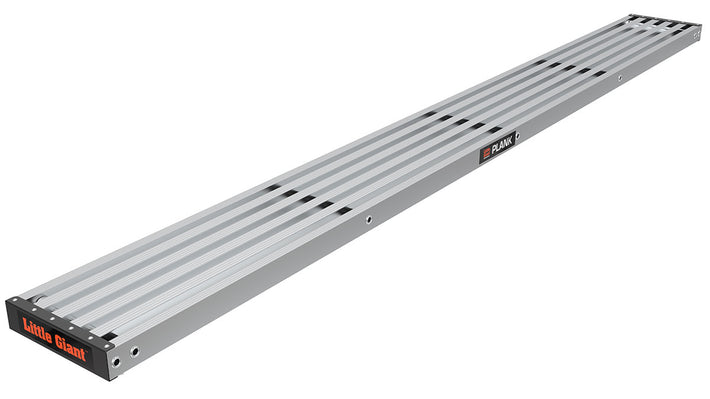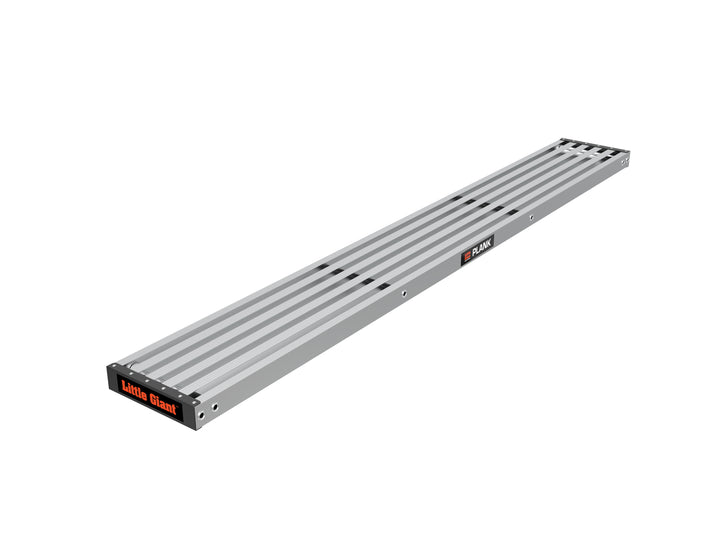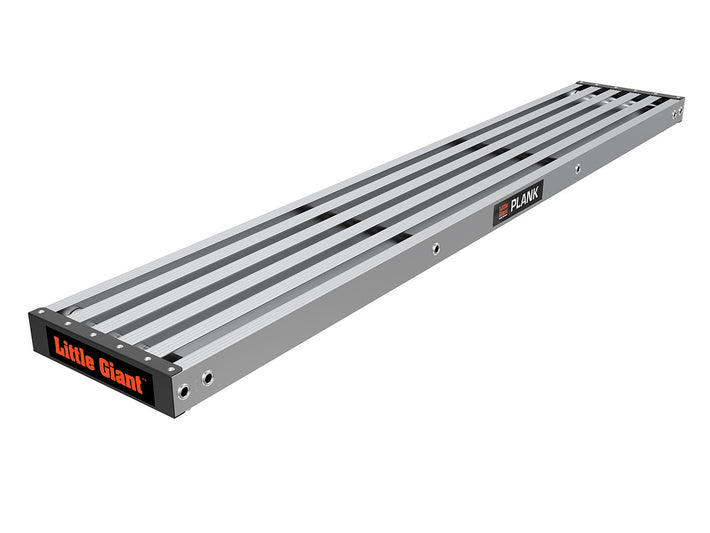Climbing a Ladder Safely
For this week’s Ladder Safety Month topic, we are tackling ladder safety while climbing. Before going up, be sure that you’ve assessed the project at hand and have chosen the right ladder. Once you’ve got the proper climbing equipment, do a quick visual inspection and set it up properly before stepping onto your ladder. Having done this, it’s time to start climbing. For those who don’t frequently use ladders, the climbing process can be nerve-wracking. But by following these safety tips while climbing (in combination with the pre-climbing tips mentioned above), you can be sure you’re doing everything you can to work safer.
Check Your Surroundings
One of the most significant ladder safety hazards has less to do with you as the climber and more to do with your surroundings. Take a look at the area where you’re working. Consider the following potential climbing concerns:
- Weather
- Electricity
- Mud
- Ice
- Gravel
- Traffic (foot traffic or vehicle traffic)
- Power lines
- Bushes
- Trees
- Gutters
- Windows
Having some of these obstacles isn’t necessarily cause to not work on your ladder- it just means that you have to work a bit more carefully and occasionally compensate to make your climb safer. However, in the instances of poor weather, slick surfaces or mud, it’s a good idea to consider rescheduling your project for another day.
Three Points of Contact
If you’ve been following Little Giant Ladders® for a while (or if you’re well-acquainted with safety information), you probably have heard of the ladder safety rule regarding three points of contact. In case you’re new to it, we’ll review it.
While climbing or working on a ladder, it’s important to maintain three points of contact with the ladder at all times. Typically, it’s two feet and one (or two hands). But in some instances, it’s appropriate for your knees to be the extra point of contact.
It’s necessary to maintain this standard while climbing or standing on the ladder to avoid overreaching and keep your balance. It also helps, so you don’t overload your hands with too much equipment. For this reason, it often is recommended to add a tool tray to your ladder that can hold your tools. If it isn’t possible to add a tool tray, be sure to carry a tool belt, so you can keep a hand on the ladder while you work.
Wearing Proper Shoes
Now, this could probably count as something to consider before stepping onto the ladder, but it’s just as important while you’re climbing. When you’re climbing a ladder, you need to make sure you’re wearing the right clothing and protective equipment. If you’re working on a professional job site, your needs will be different than what you would use at home. However, it’s relevant just the same.
Footwear is one of the biggest concerns while climbing. You need to make sure that:
- You’re wearing shoes.
- You’re wearing shoes that won’t slip.
You’d be surprised by how many pictures and videos we see online of people using their ladder barefoot or while wearing flip-flops, sandals or slippers. A good non-slip shoe will help prevent foot fatigue and will keep your feet from sliding off the rungs of the ladder.
Descending the Ladder
When people talk about climbing a ladder, they rarely speak about climbing down; it’s almost always about climbing up. Granted, the idea of climbing a ladder has been used in countless metaphors and stories, especially regarding things like climbing the corporate ladder. People like thinking about climbing up and not down. However, in the case of the physical ladder, the process of descending is just as crucial as ascending.
Unfortunately, by the time you’ve finished what you were working on at the top of the ladder, you’re worn out and eager to reach the ground. And when that happens, people can get sloppy. People miss ladder rungs or move too quickly, causing their feet to slide off. But one of the most considerable ladder-related injuries occurs on the last step.
It’s a situation we’ve all been in before- you are going down the stairs, usually, at night or while carrying something, and after years of going up and down those stairs, you think you know how long your staircase is. Unfortunately, in your haste to get down the stairs, you assume you’ve reached the bottom and miss the last step and find yourself sliding down the stairs.
Yeah, it hurts. It happens on staircases, and it happens on ladders, too. Unfortunately for those who it happens to on a ladder, the stakes are often higher. 20% of ladder injuries occur from people missing the last step. Think about that. 20% of injuries could be avoided by watching your footing.
For this reason, Little Giant created Ground Cue®. It is a bottom-rung alert system that makes an audible and tactile “click” when you step on it. By using a ladder with Ground Cue, you will train yourself to wait for the click before stepping off the ladder.
Ladder Safety Month
During Ladder Safety Month, we encourage you all to take time to participate in ladder safety training, share the safety tips you’ve learned with those around you, and of course, be sure to implement this ladder safety knowledge each time you climb.
- Week One: Choosing Your Ladder
- Week Two: Safety Before the First Step (Inspection and Set-Up)
- Week Three: Safety While Climbing
- Week Four: Safety at the Top
- Week Five: Ladder Safety Misconceptions
Find Us Online
Find us online during Ladder Safety Month on:

